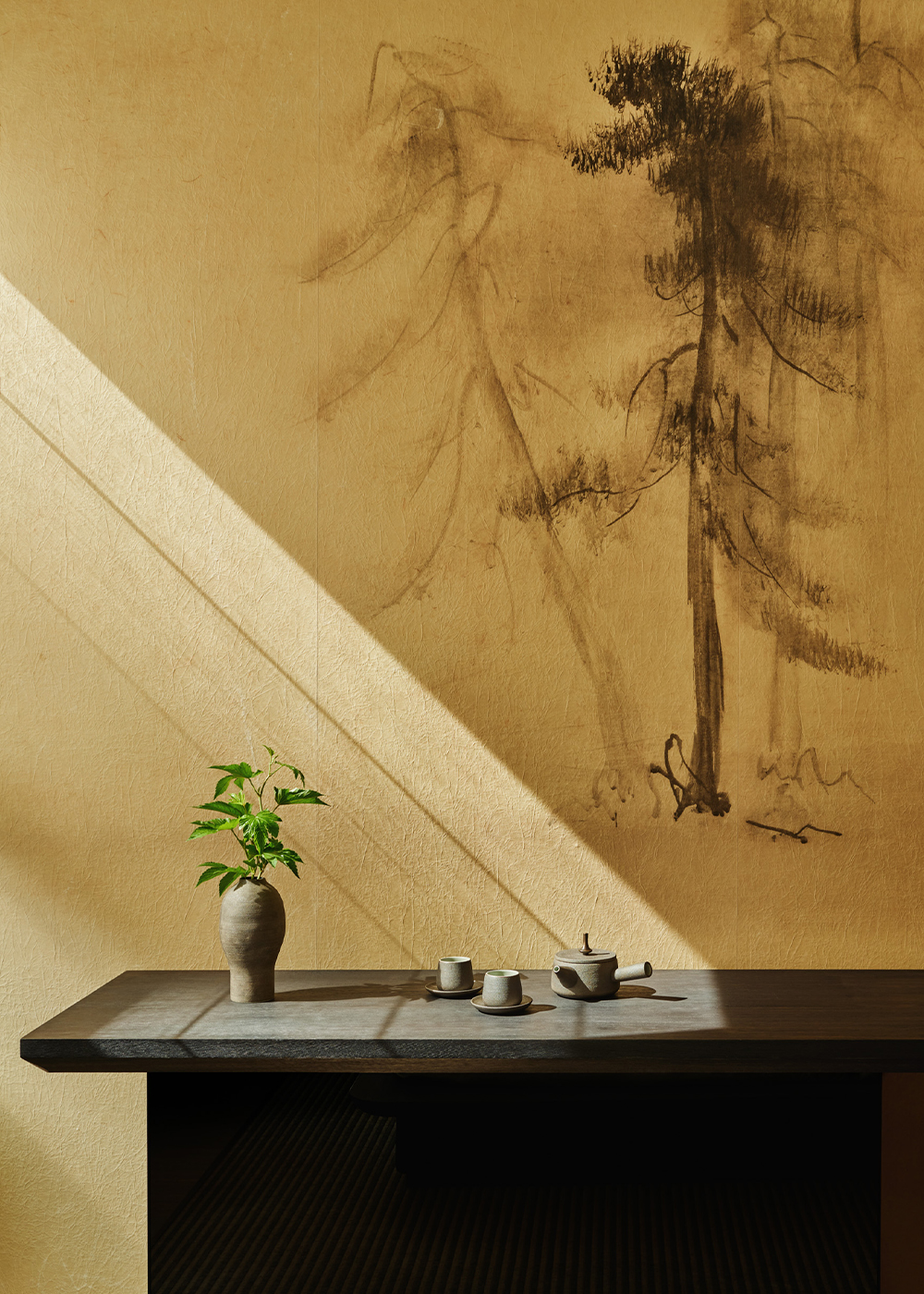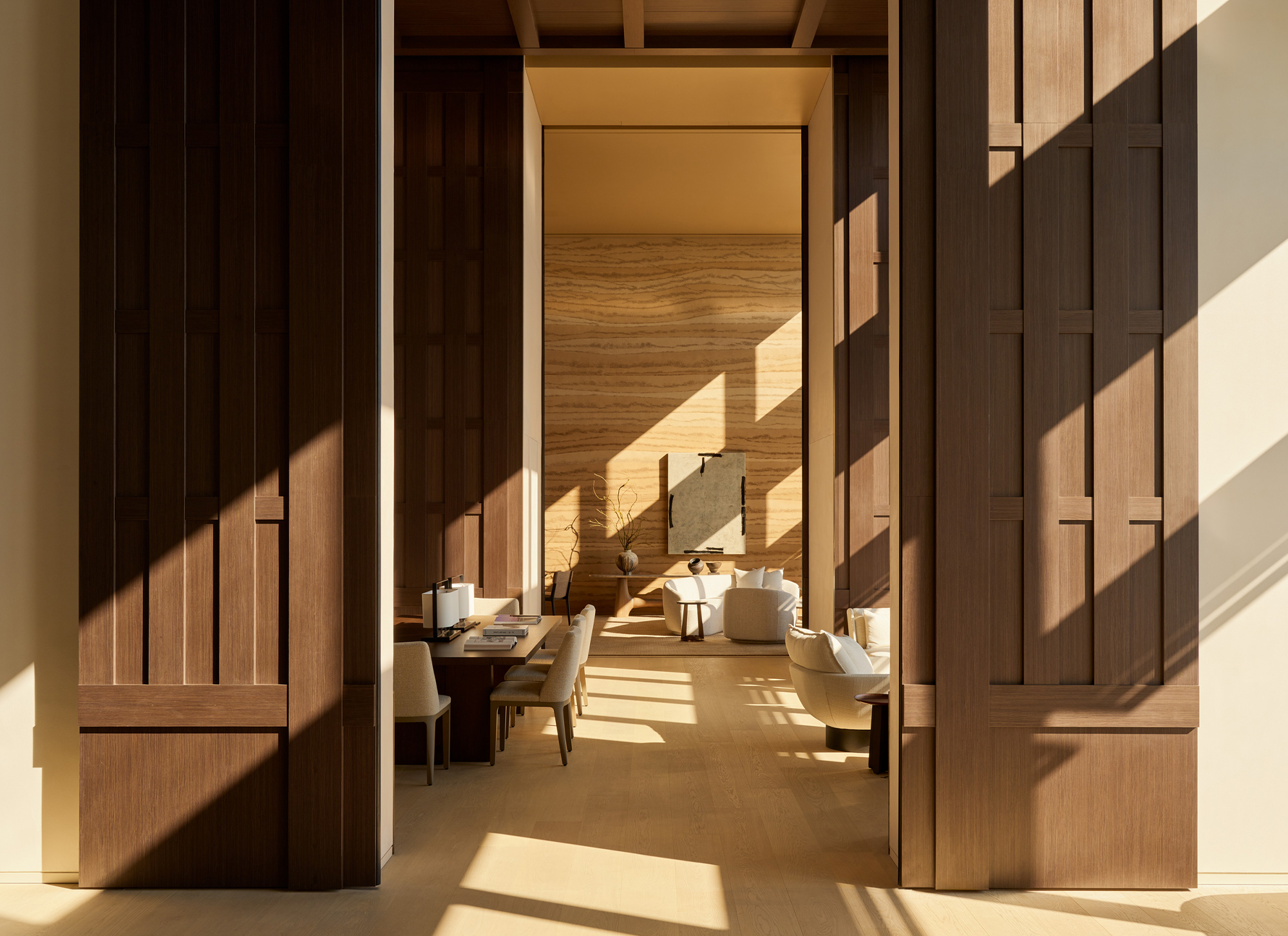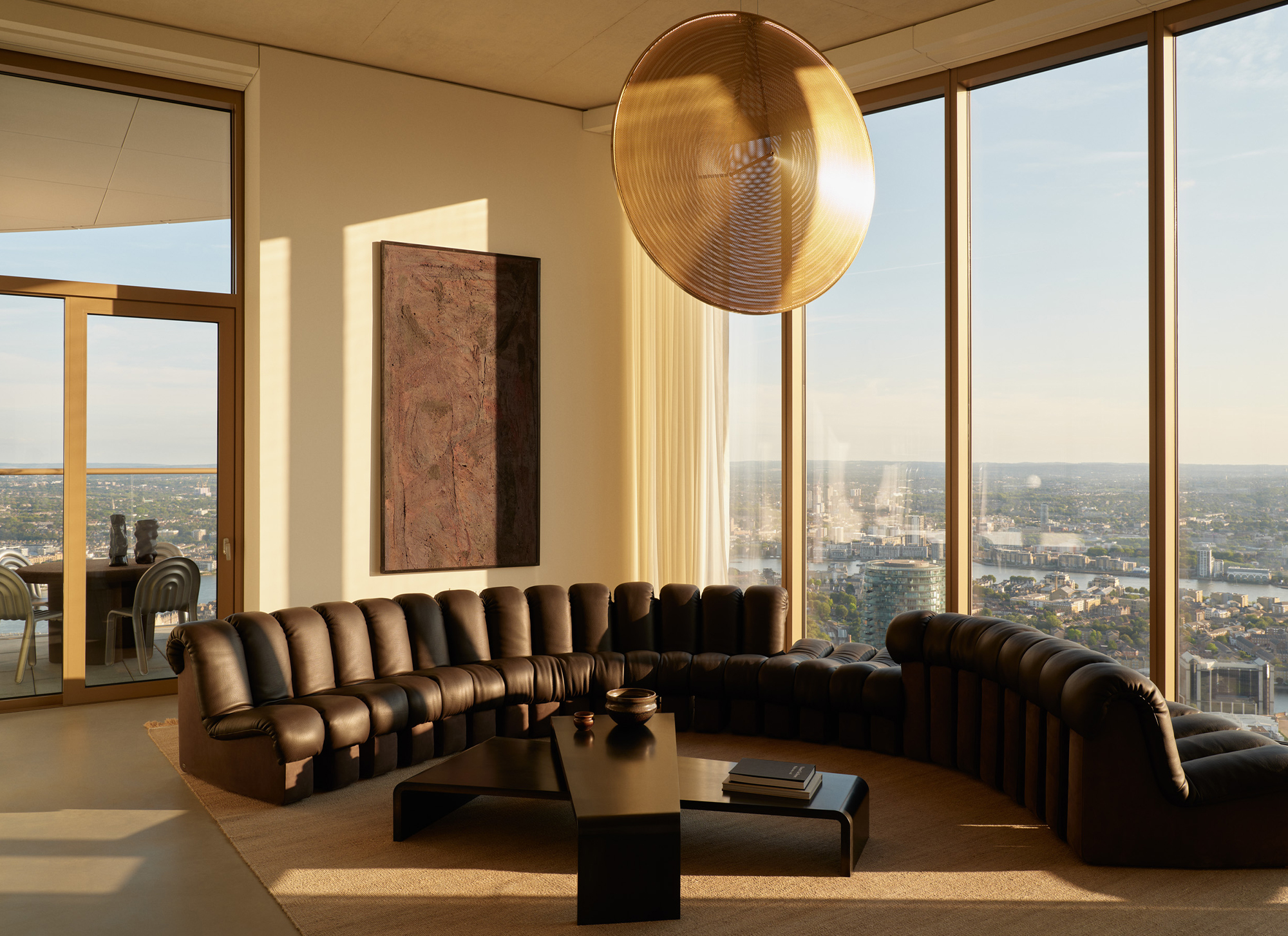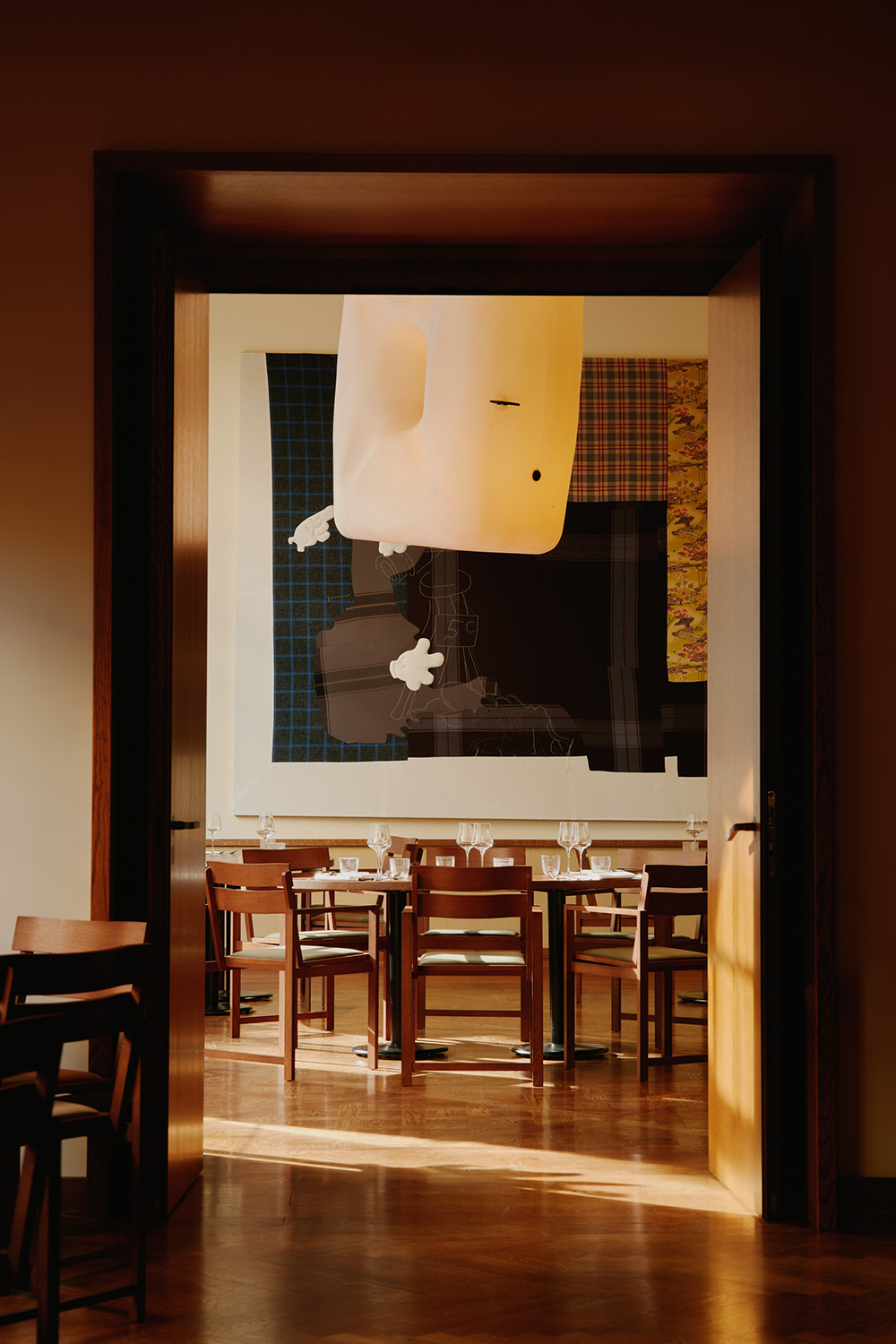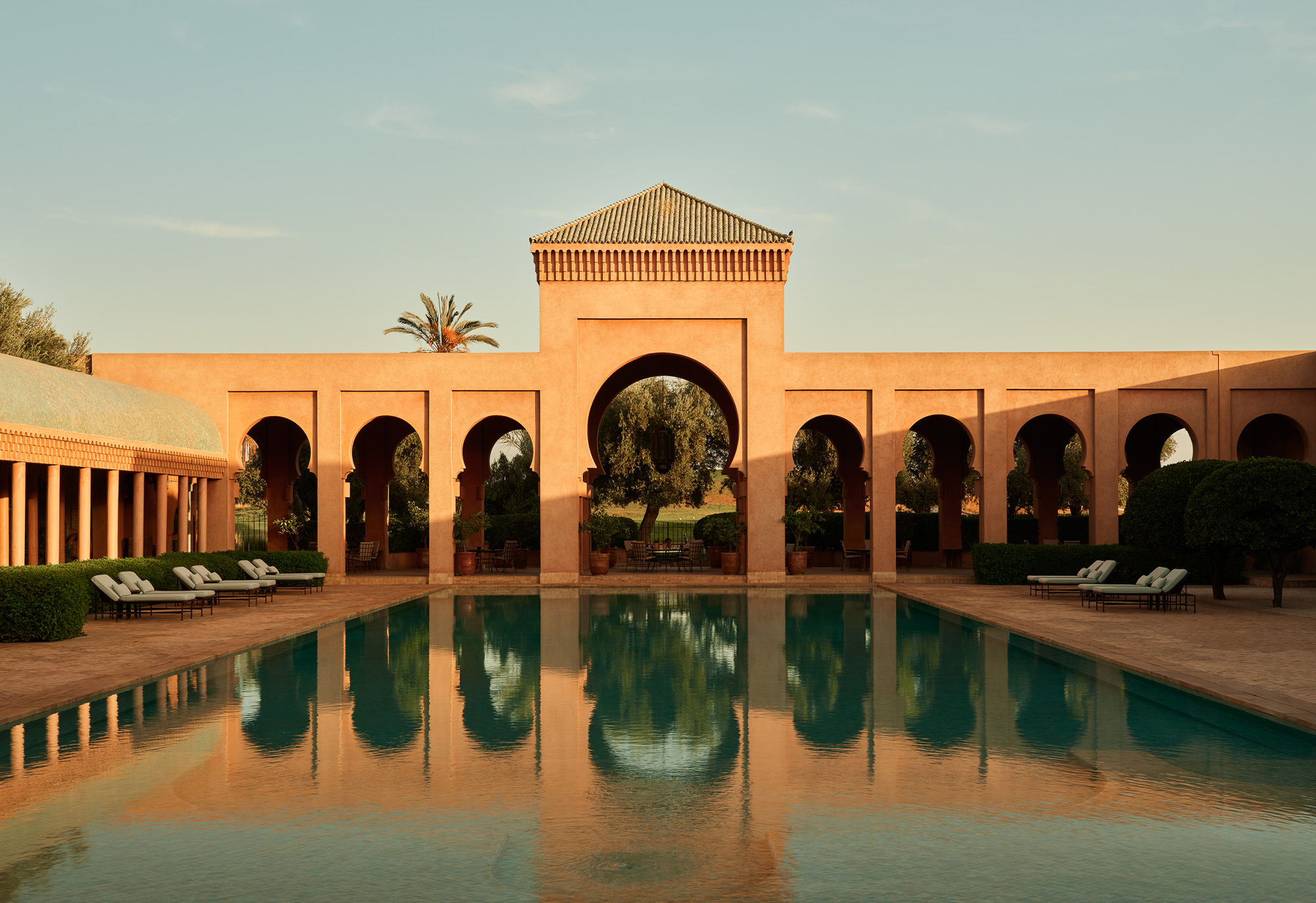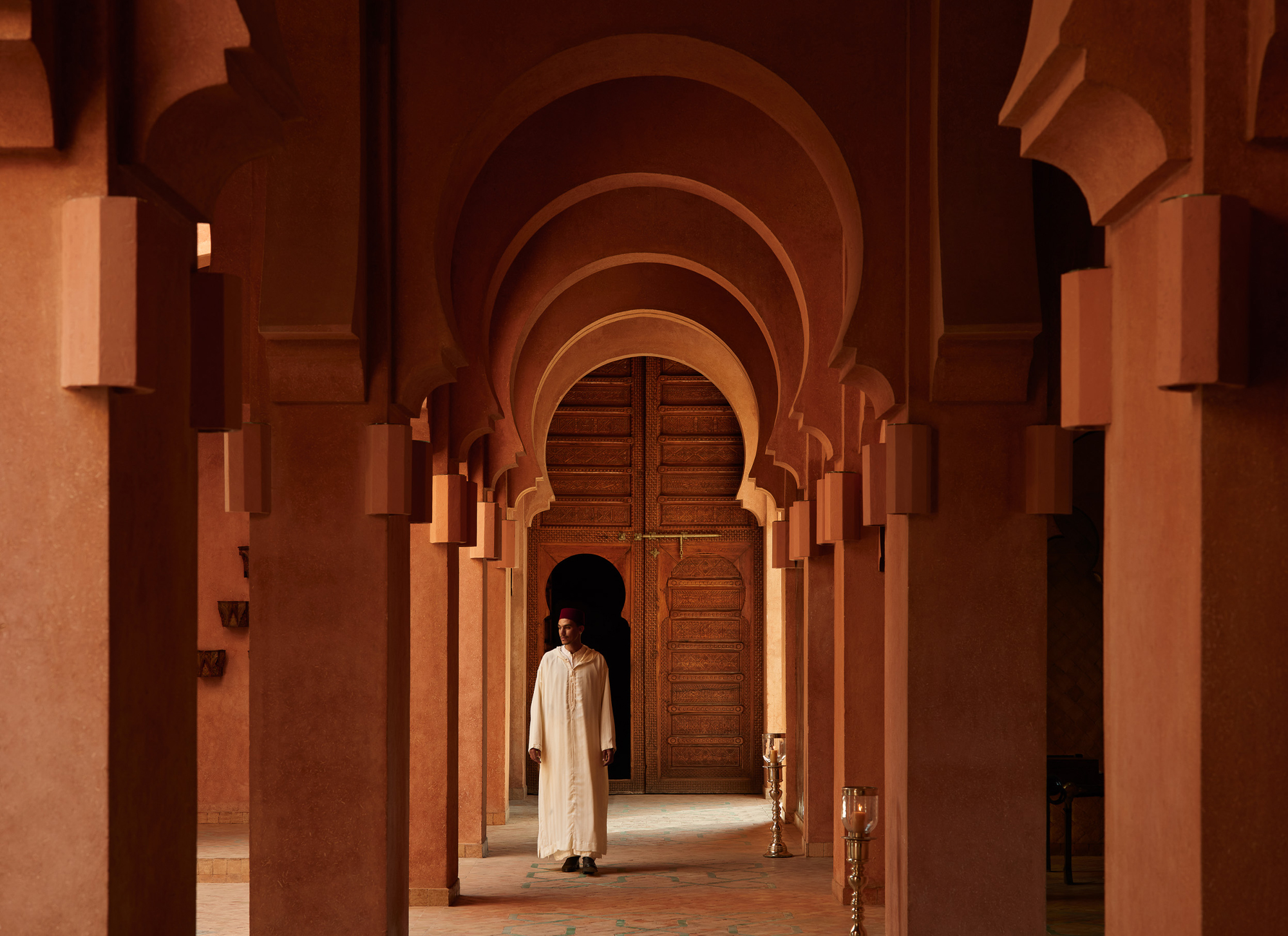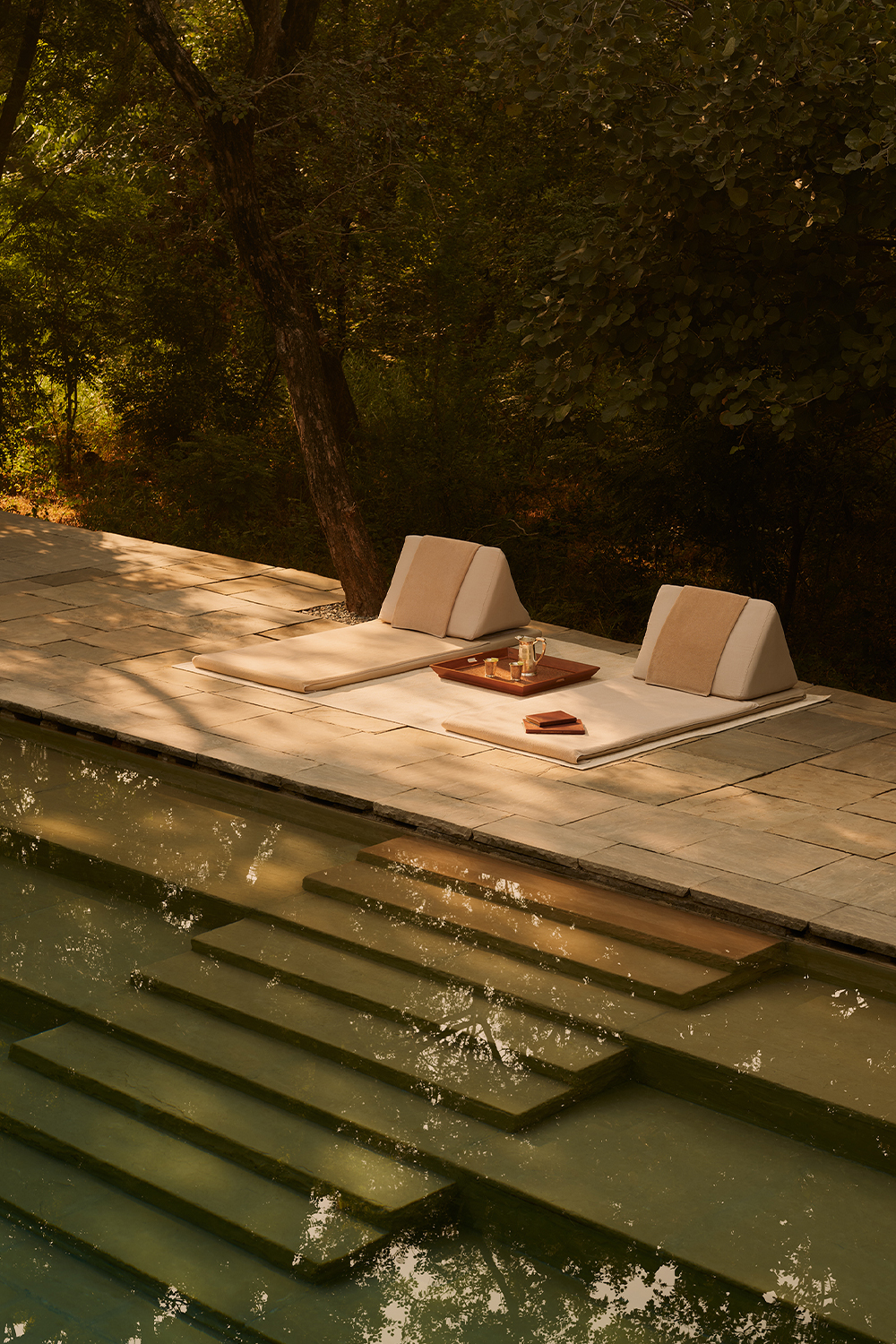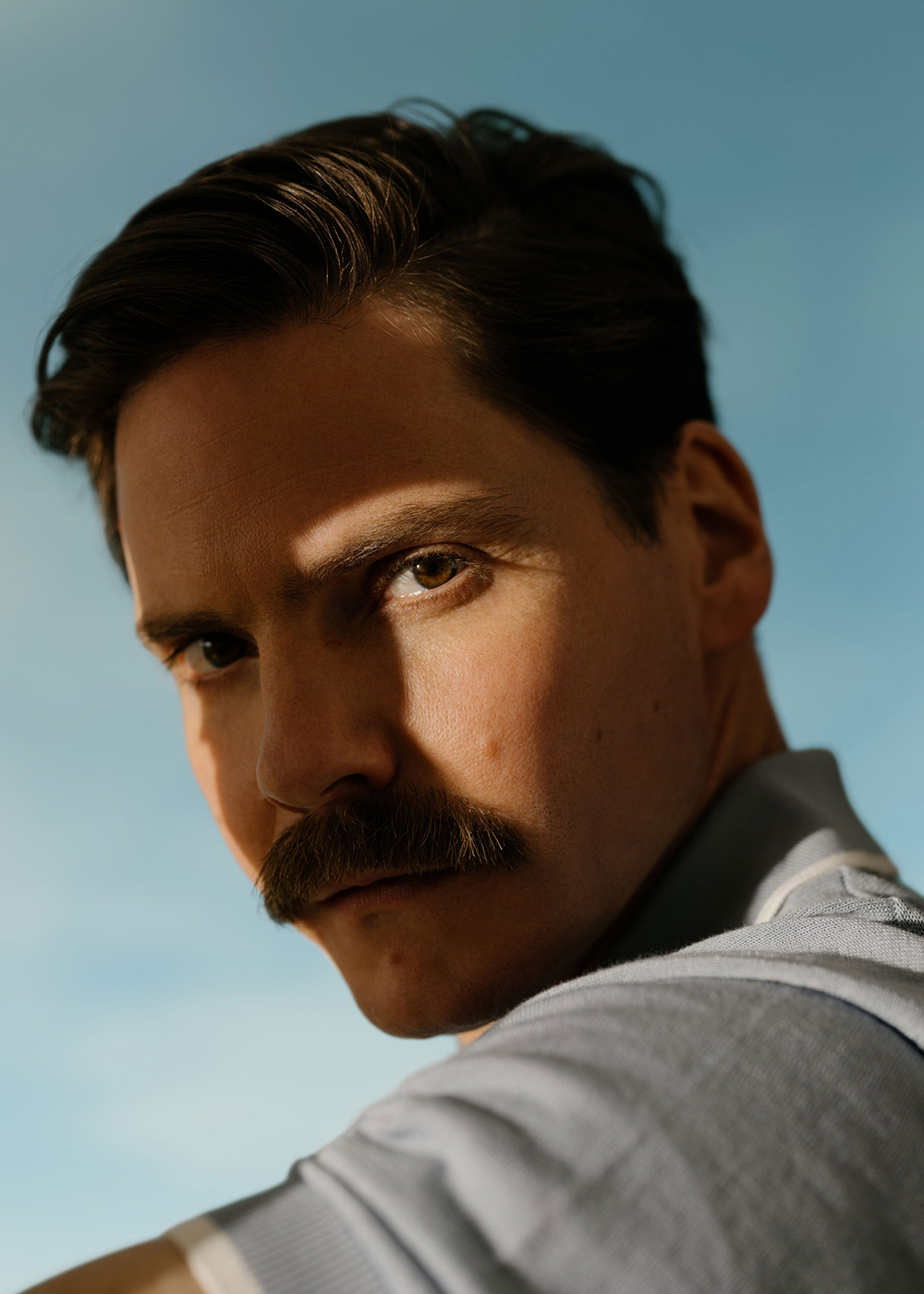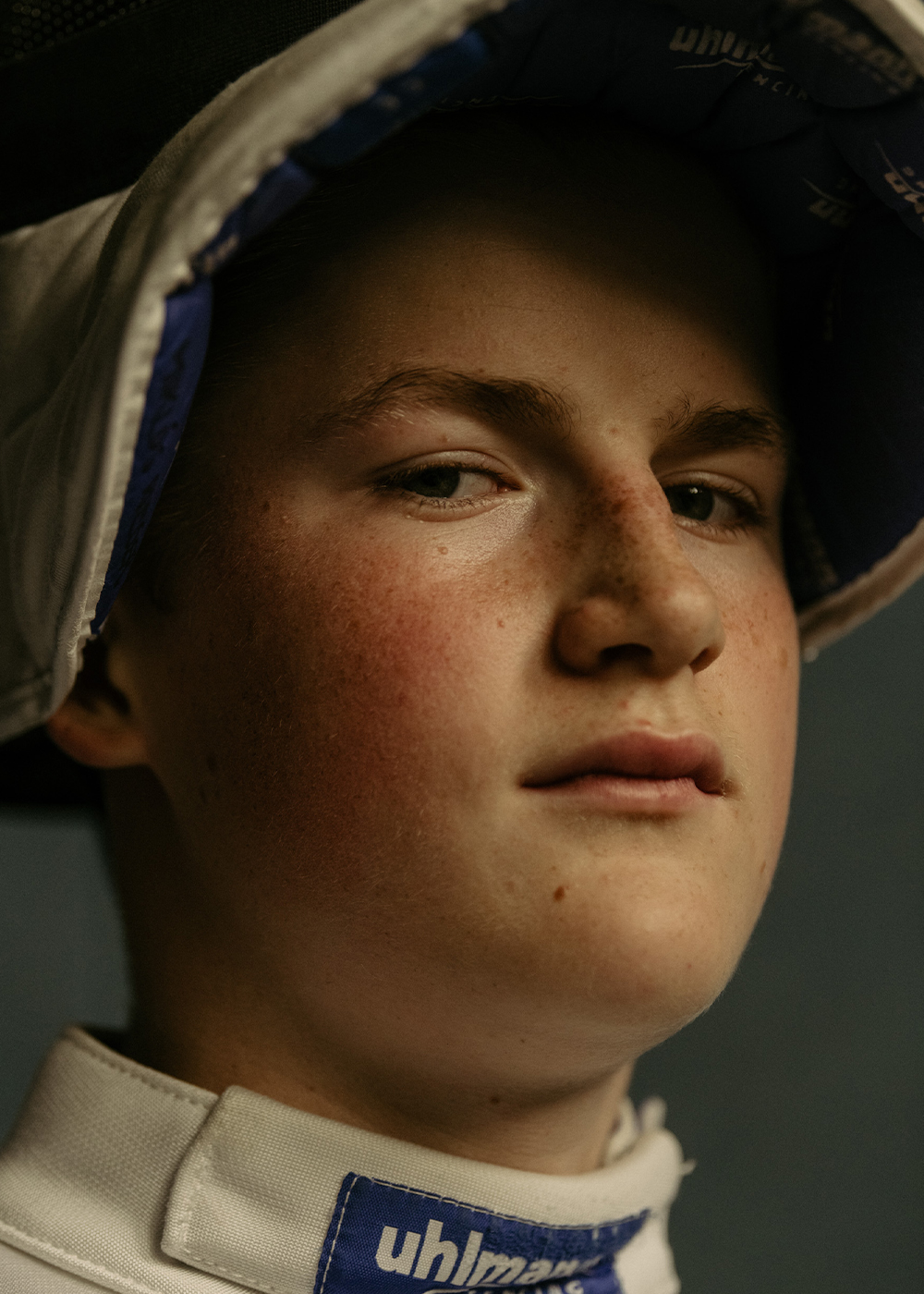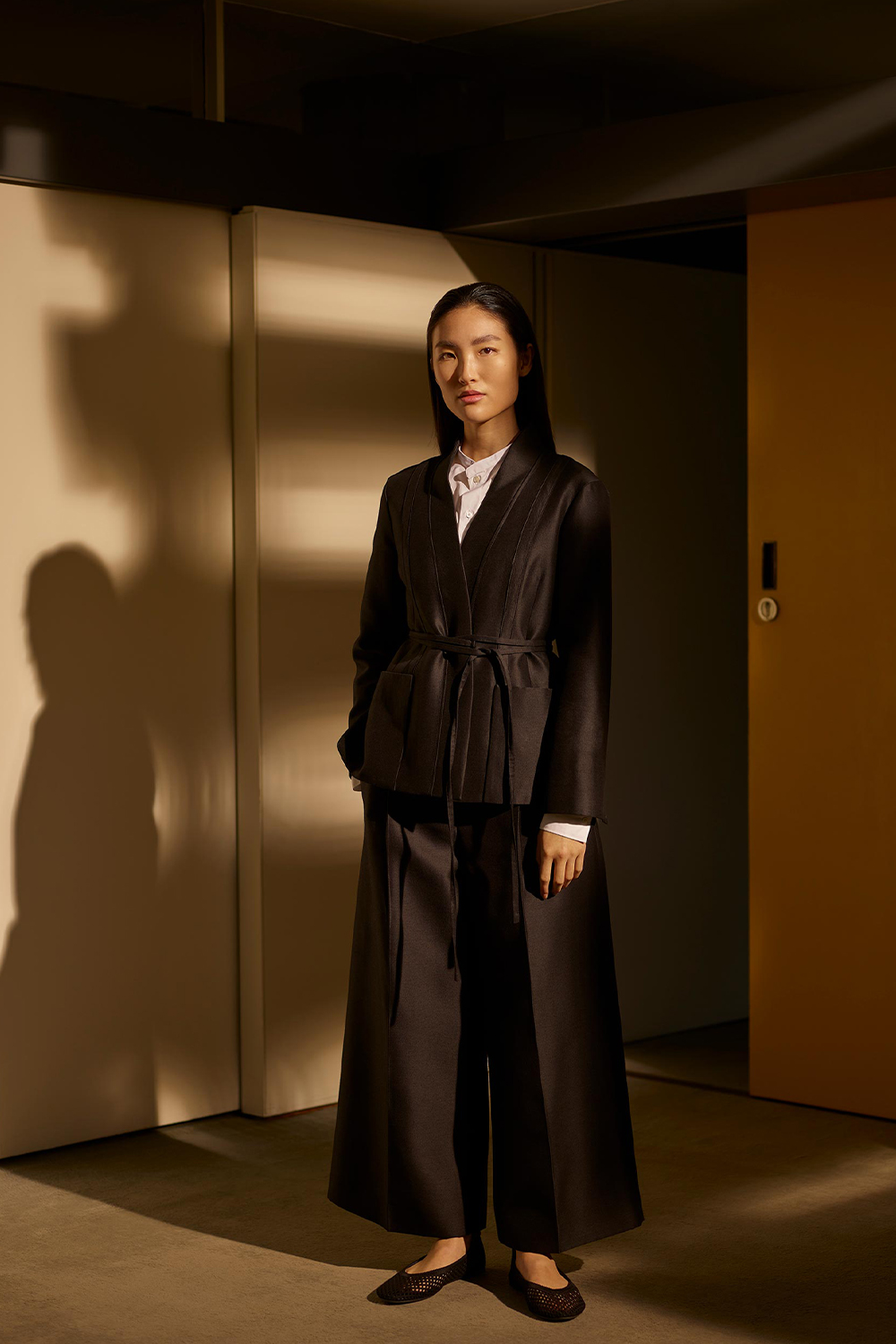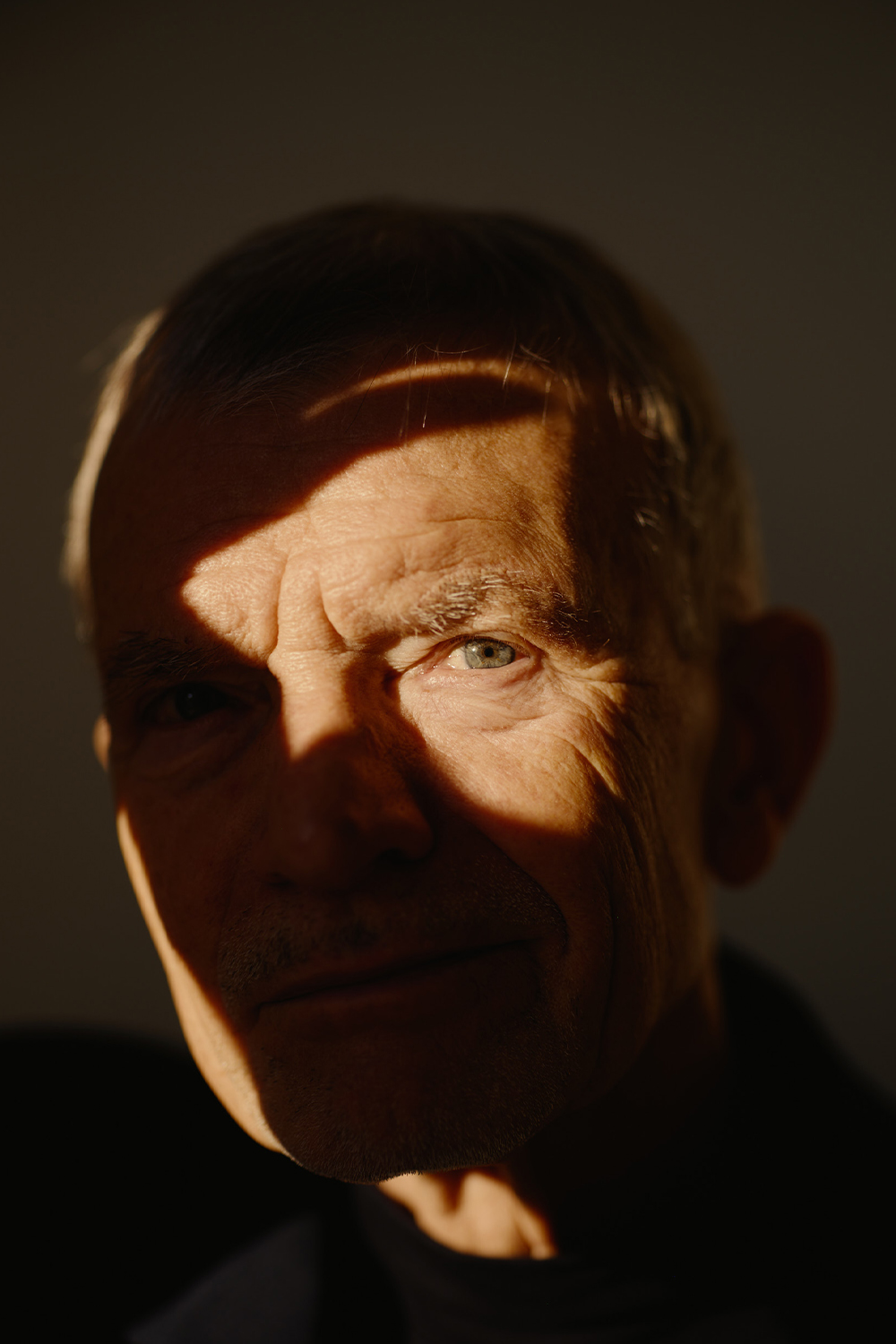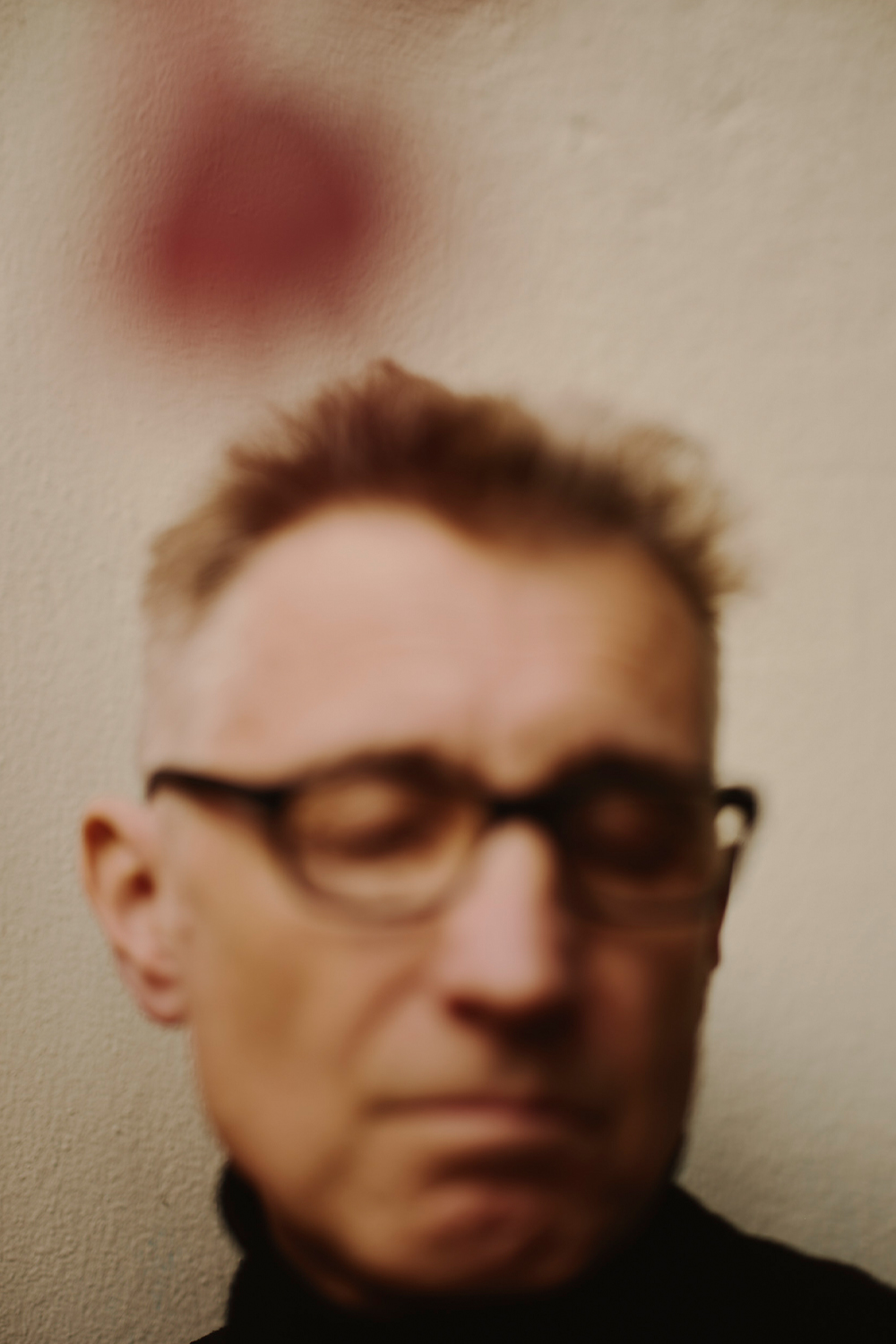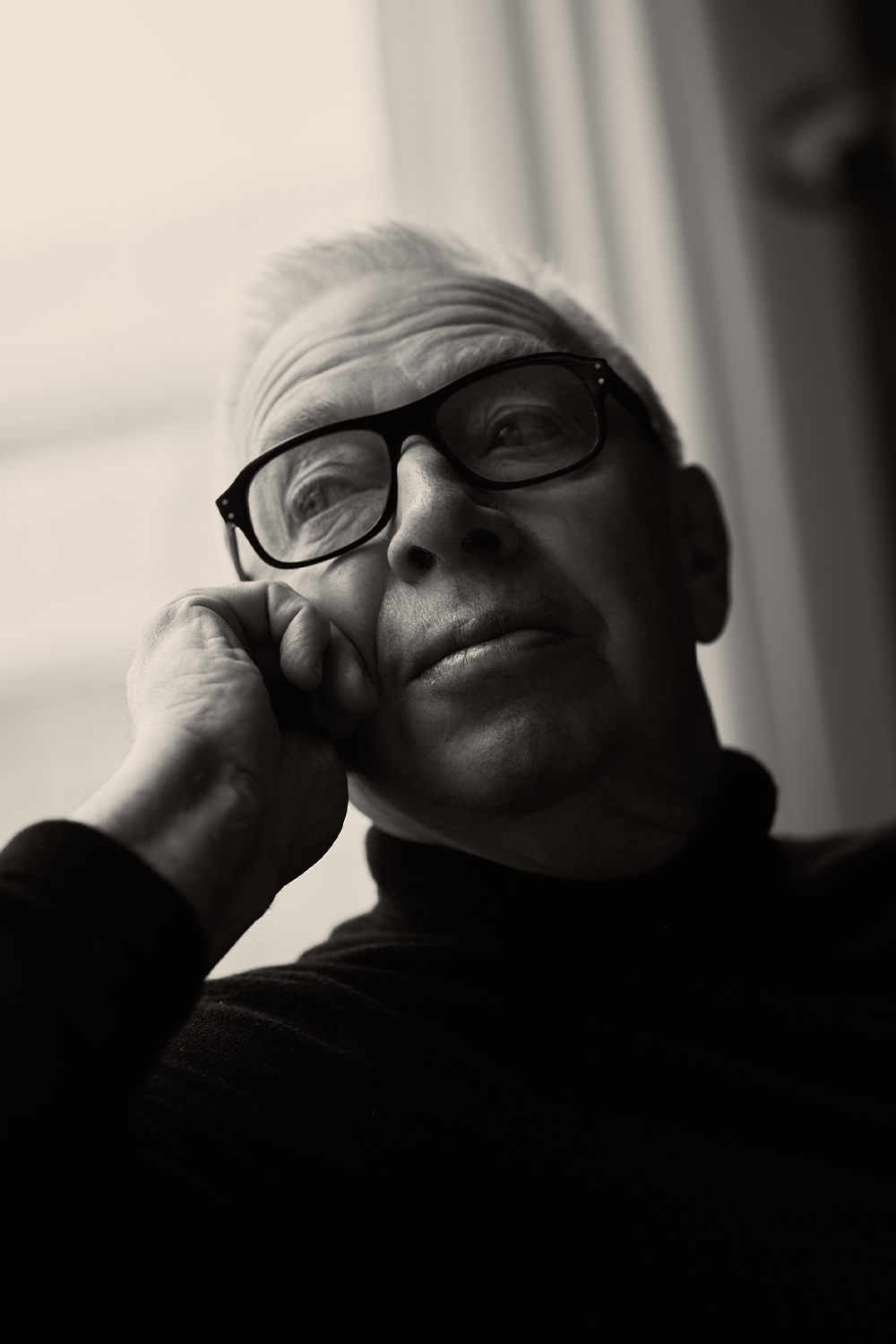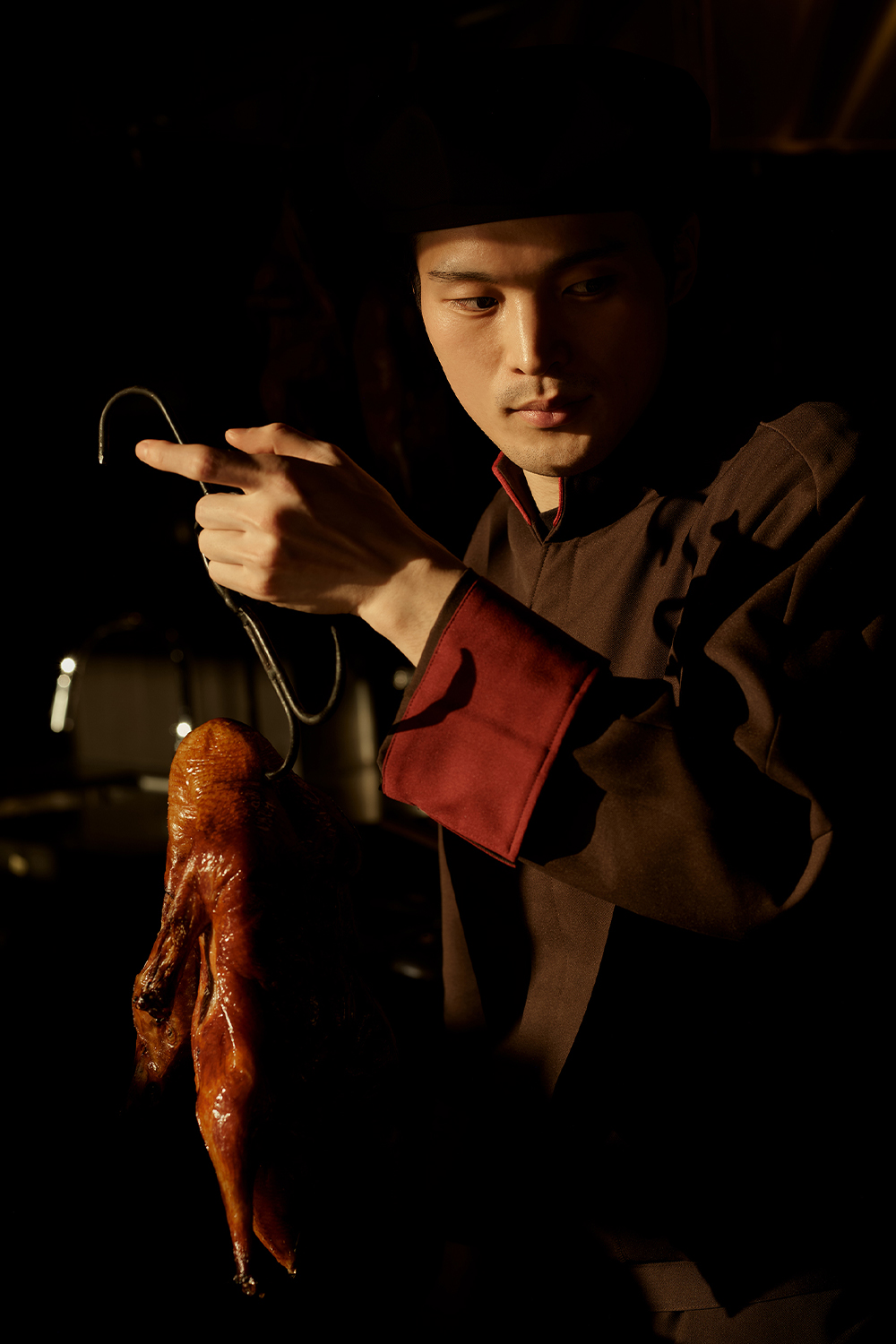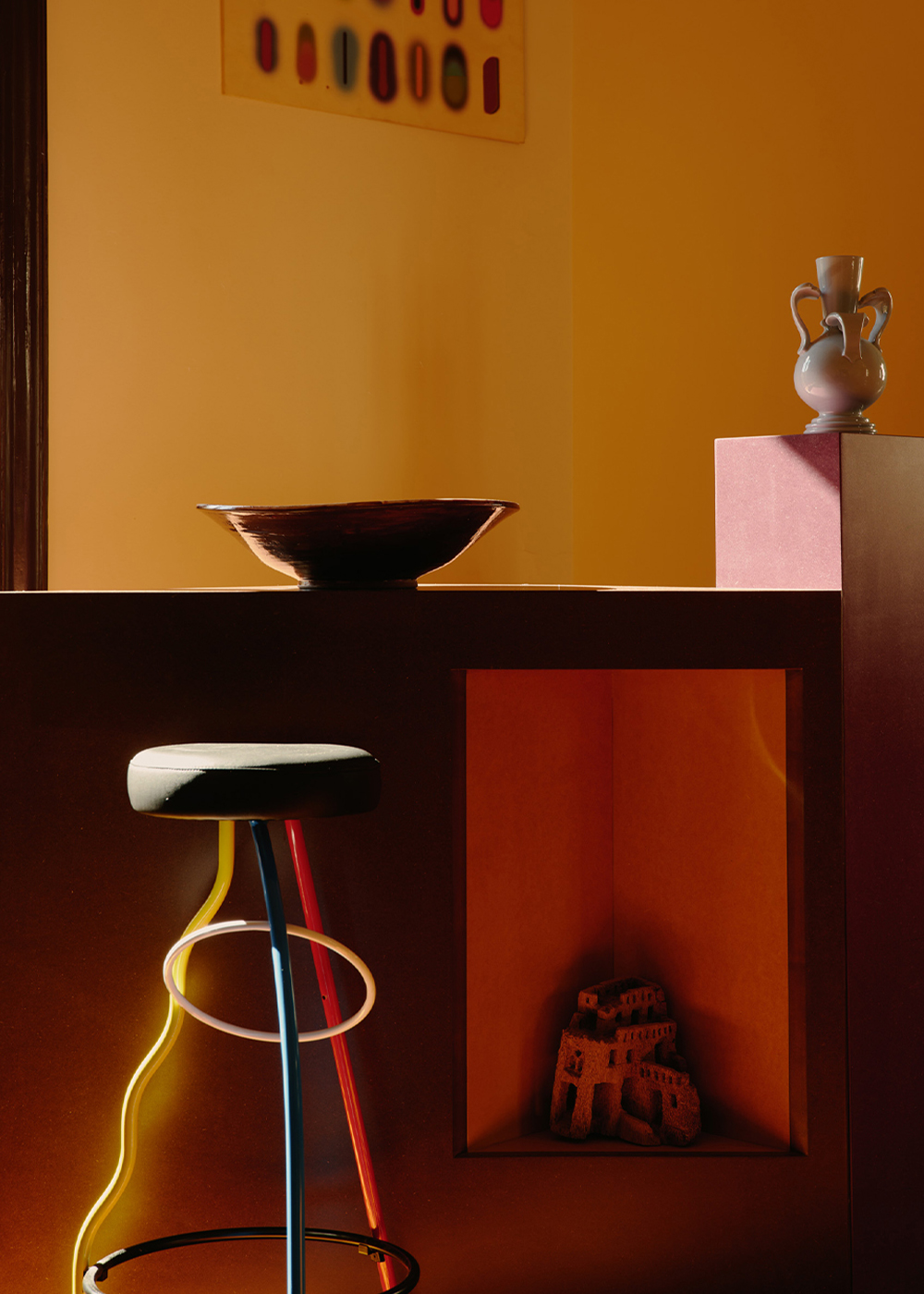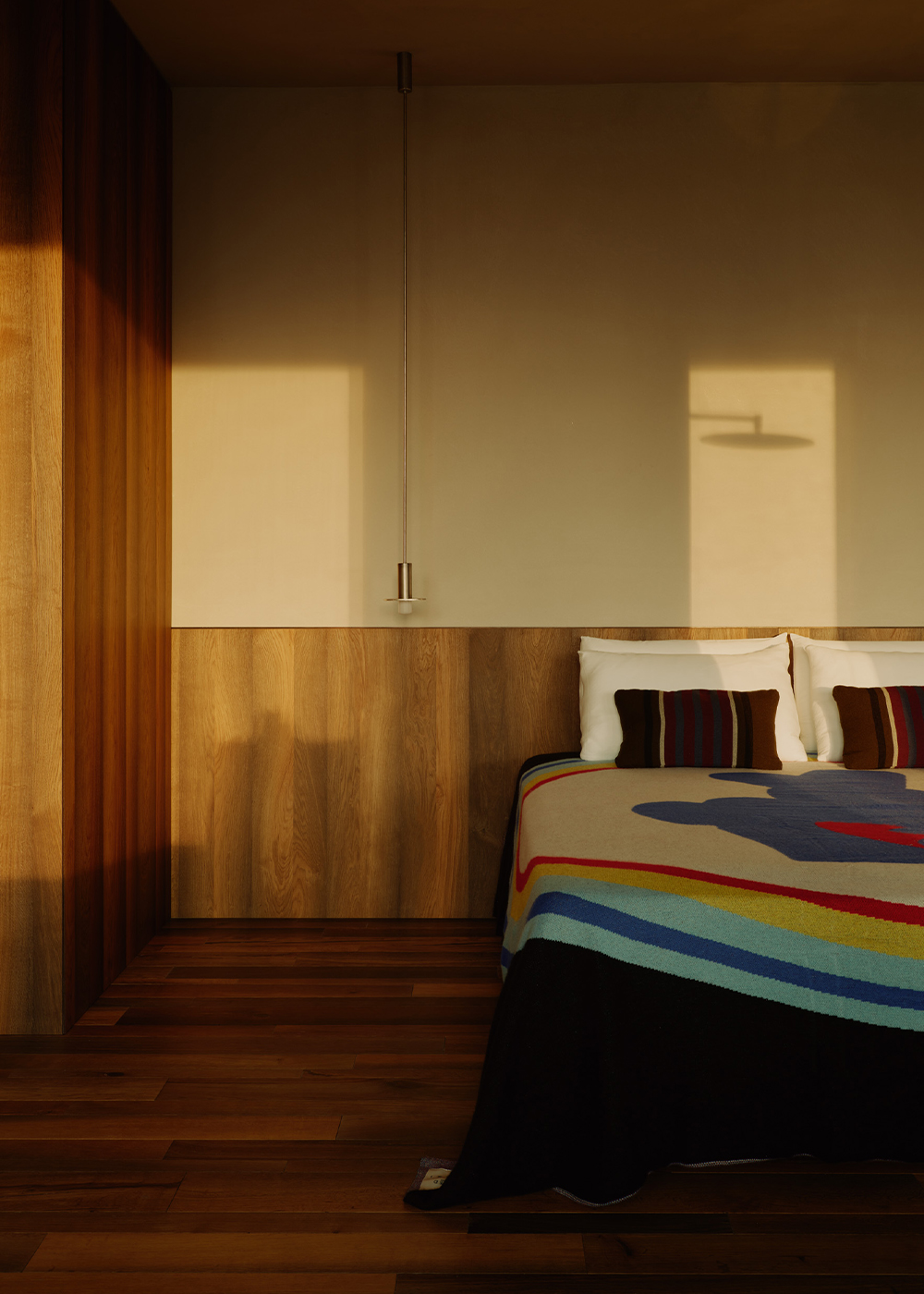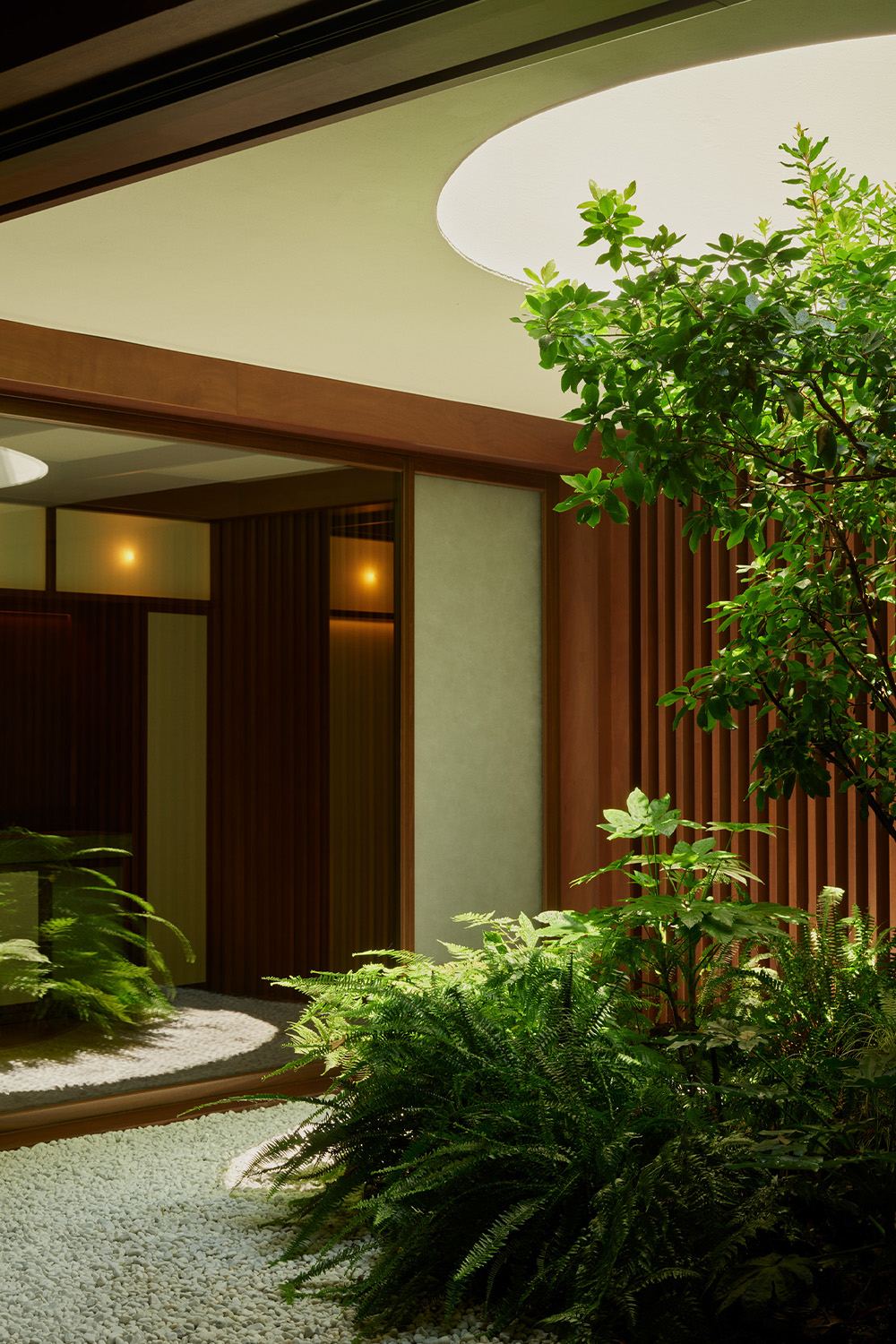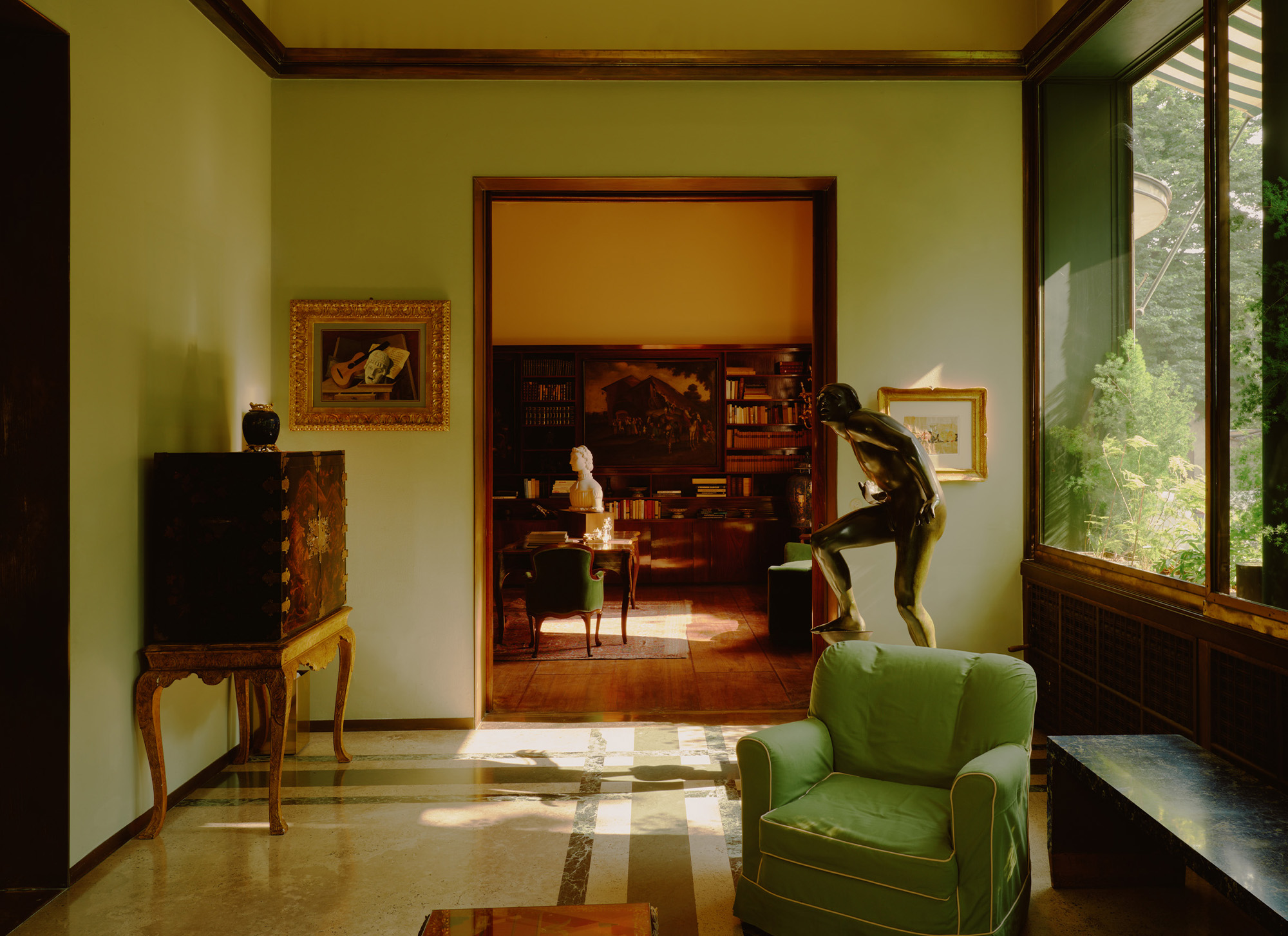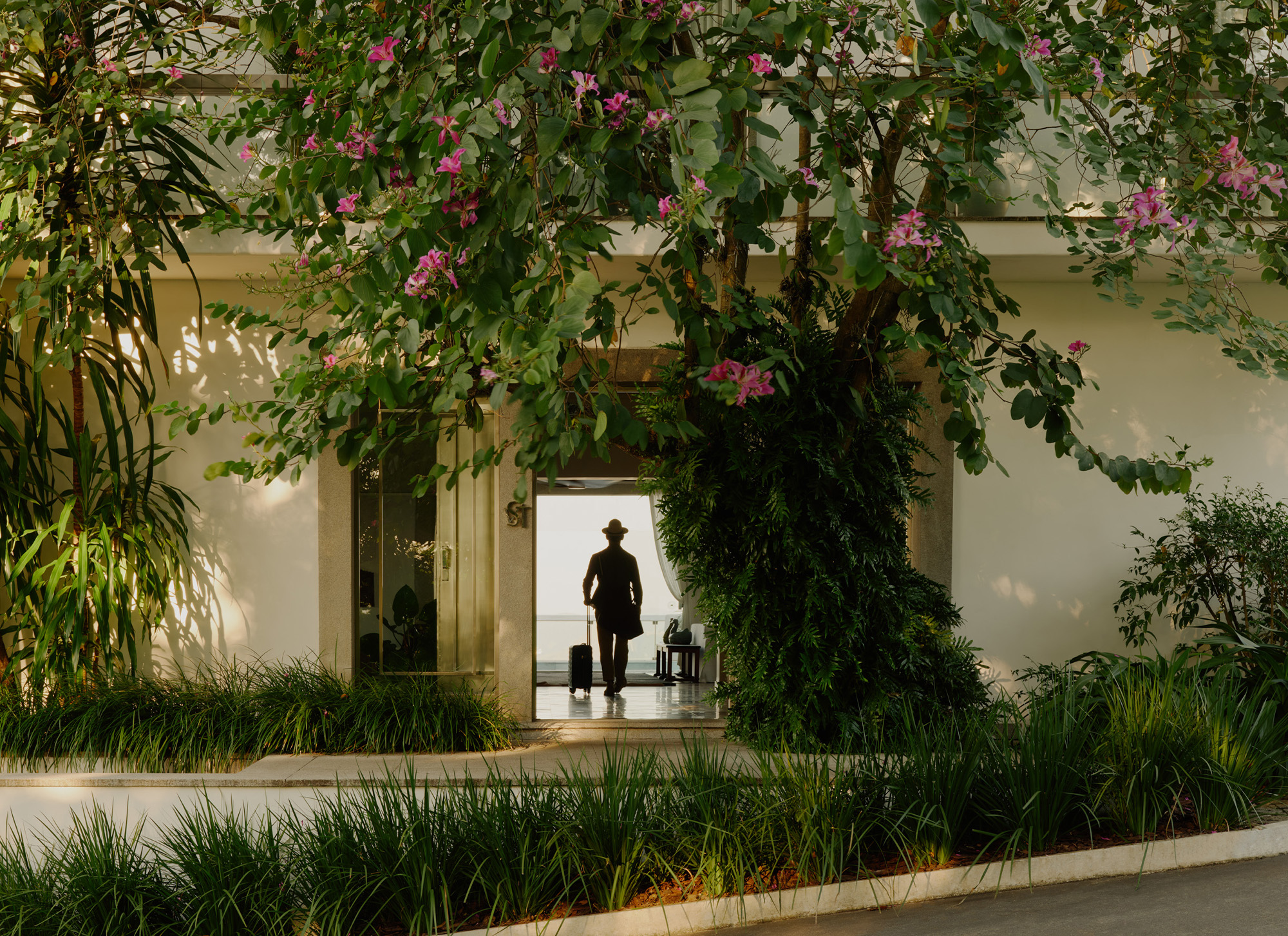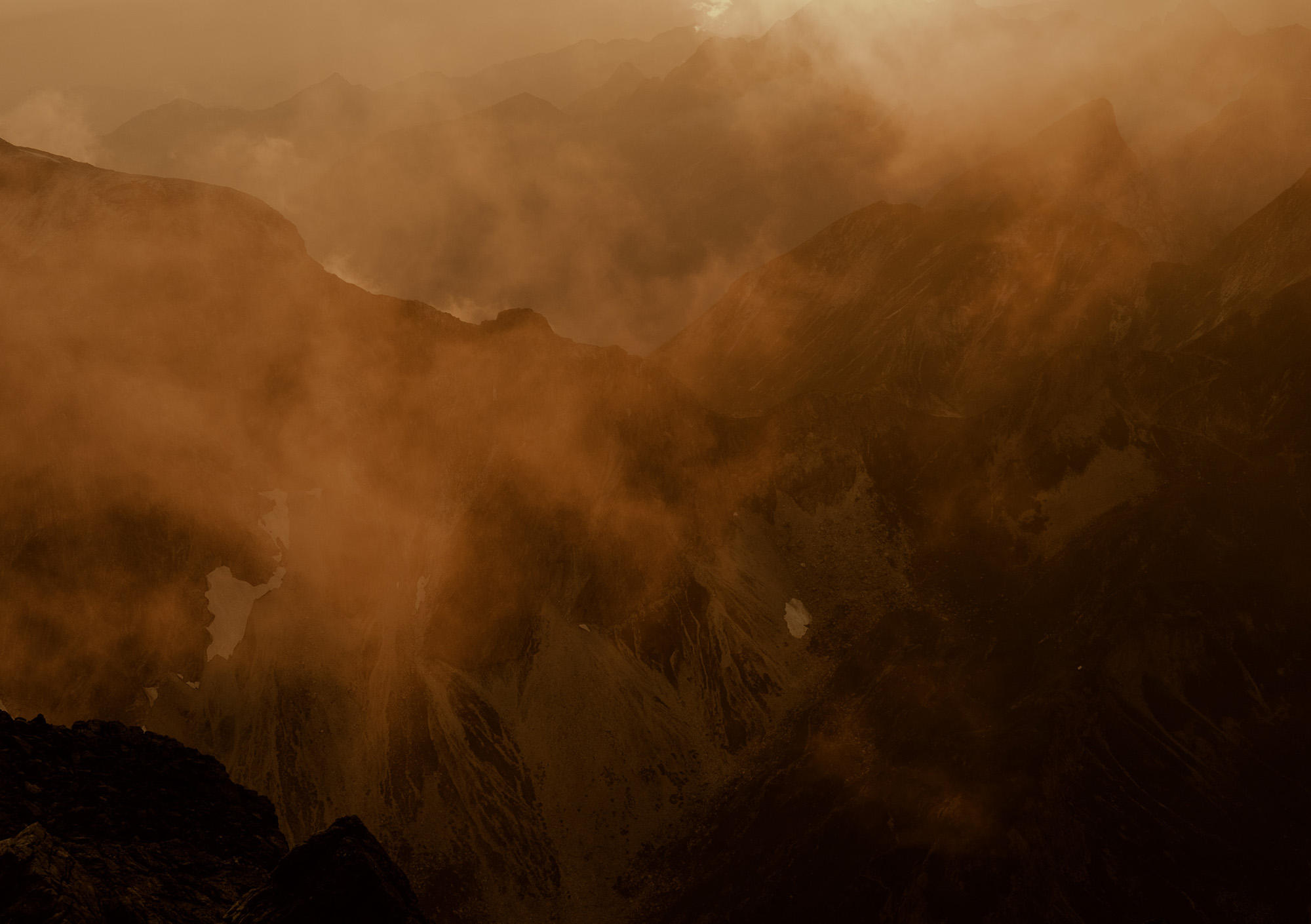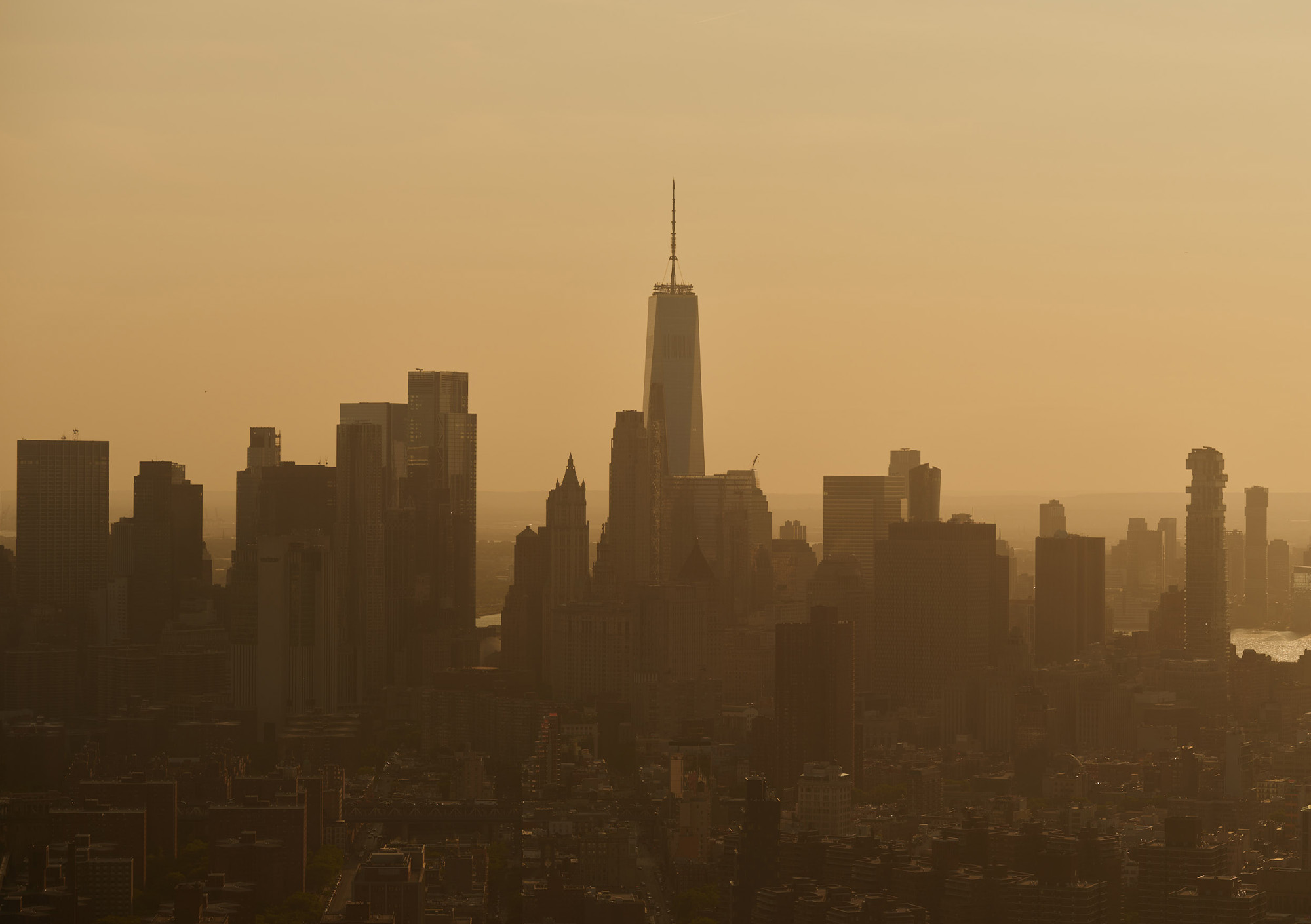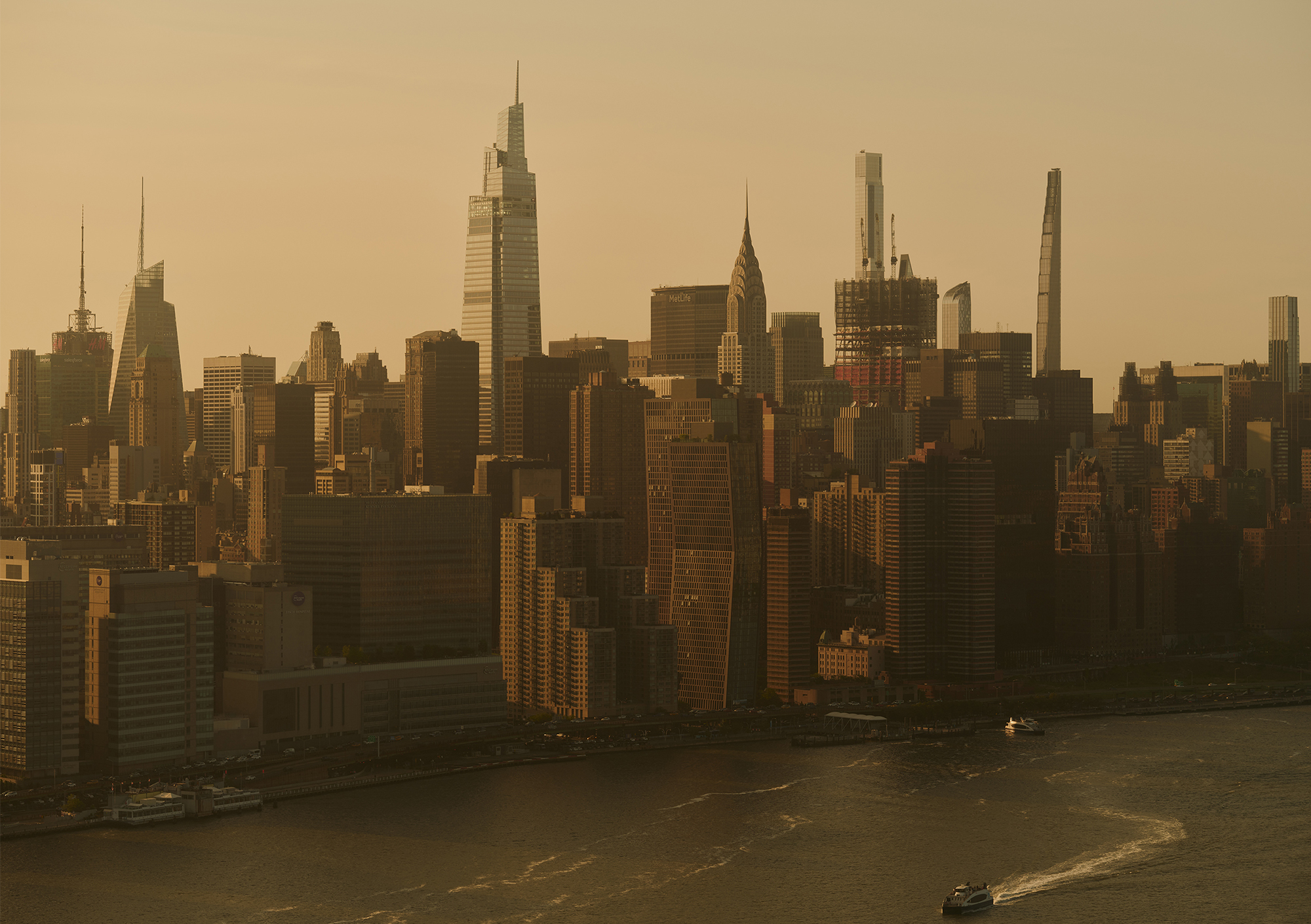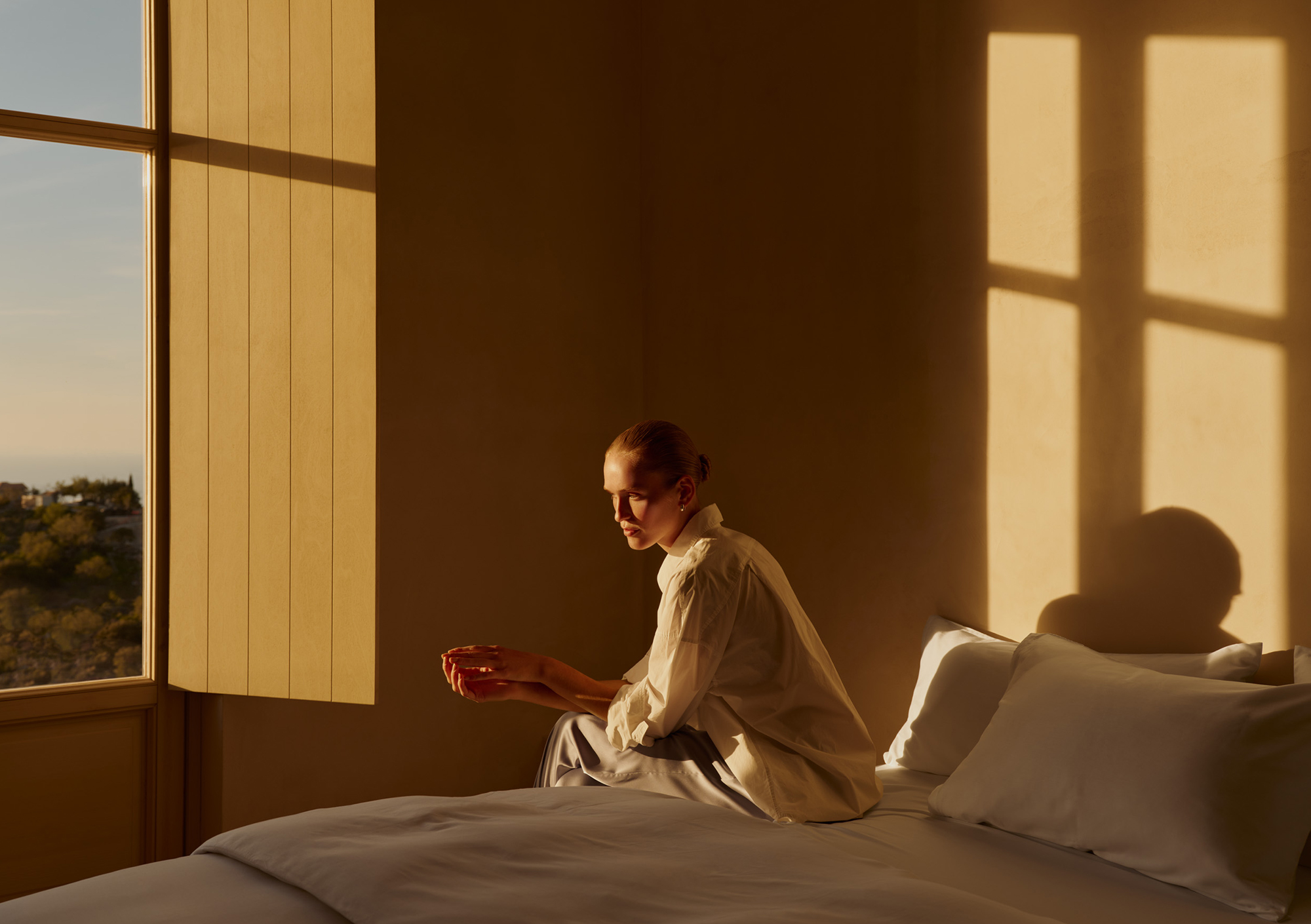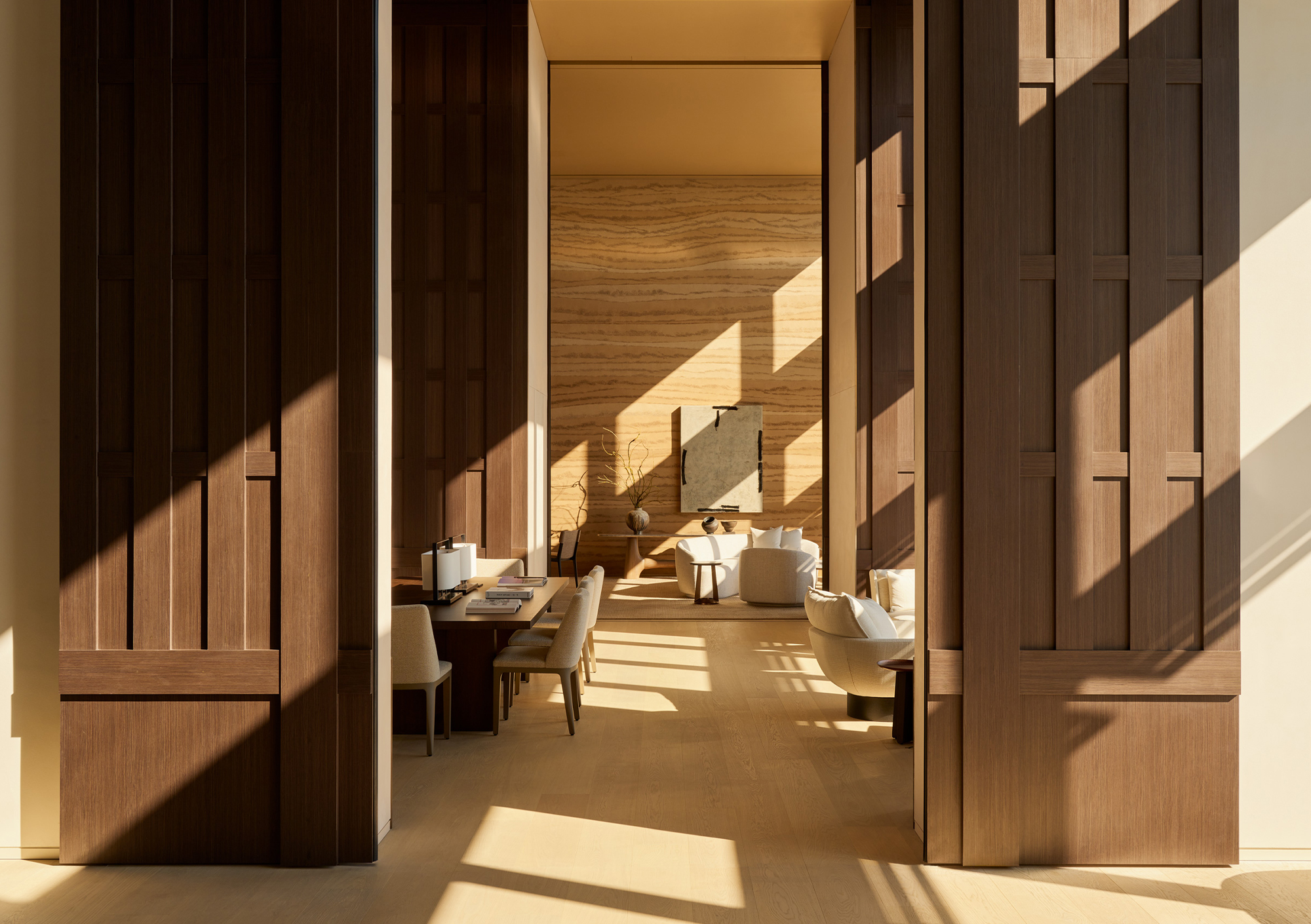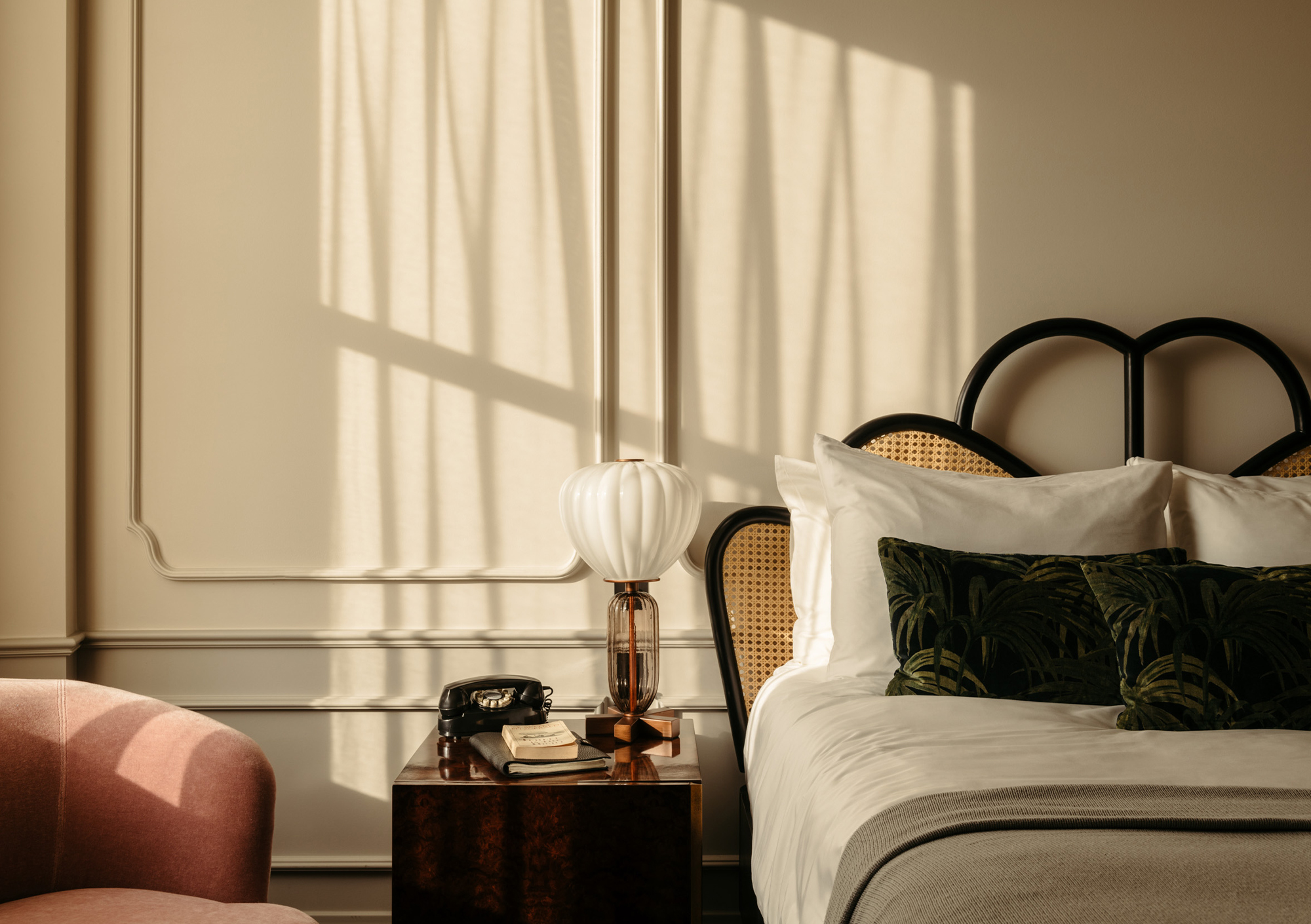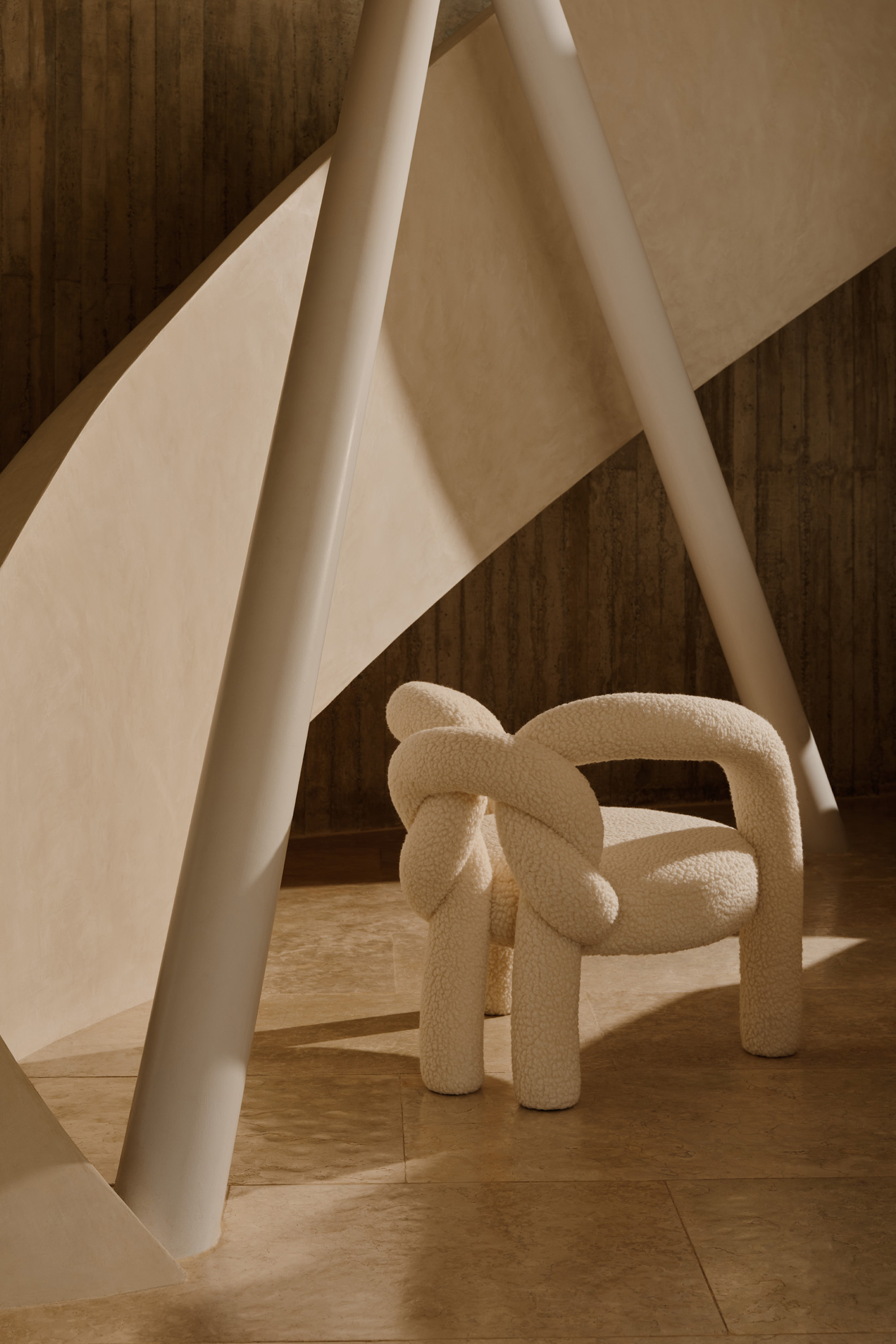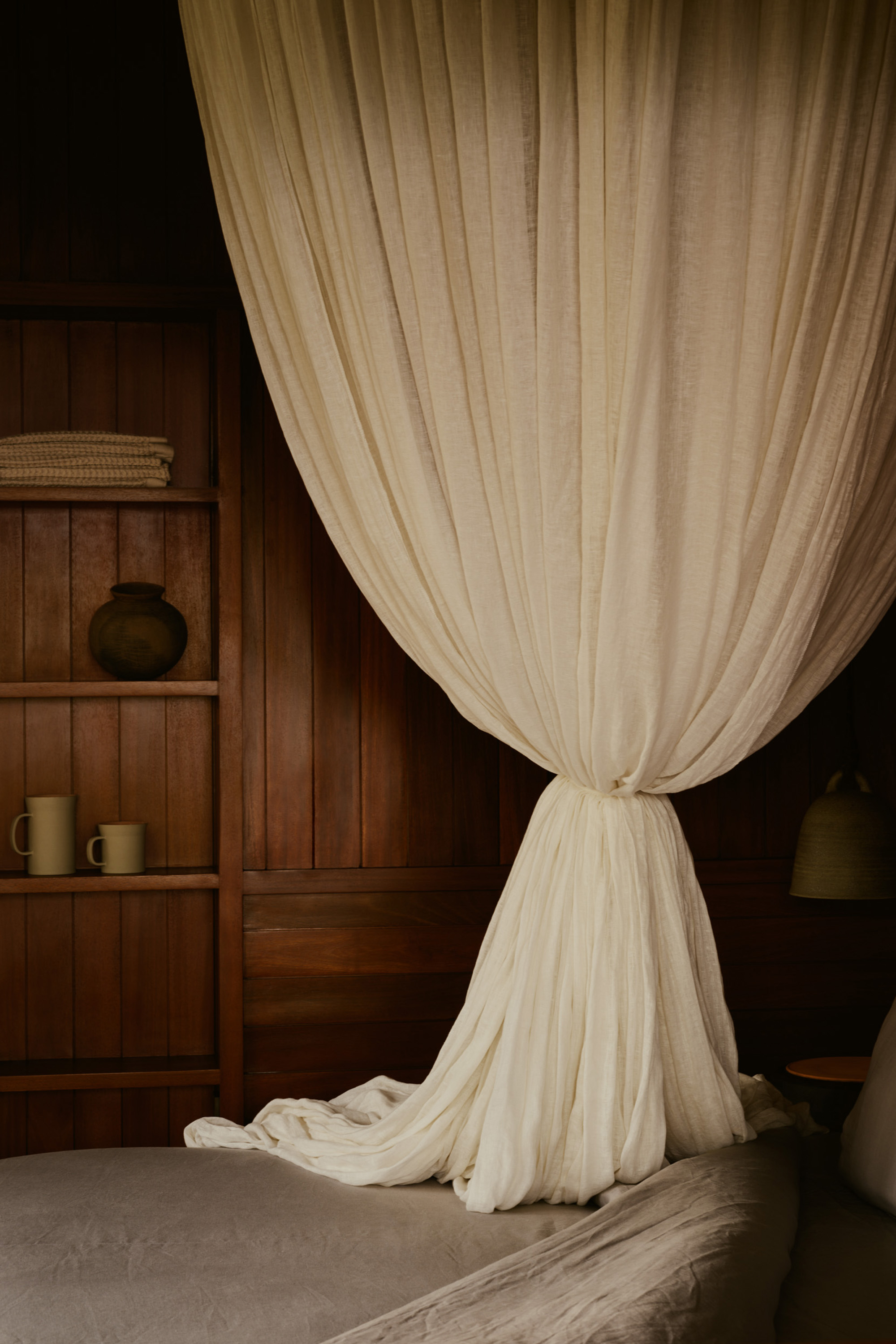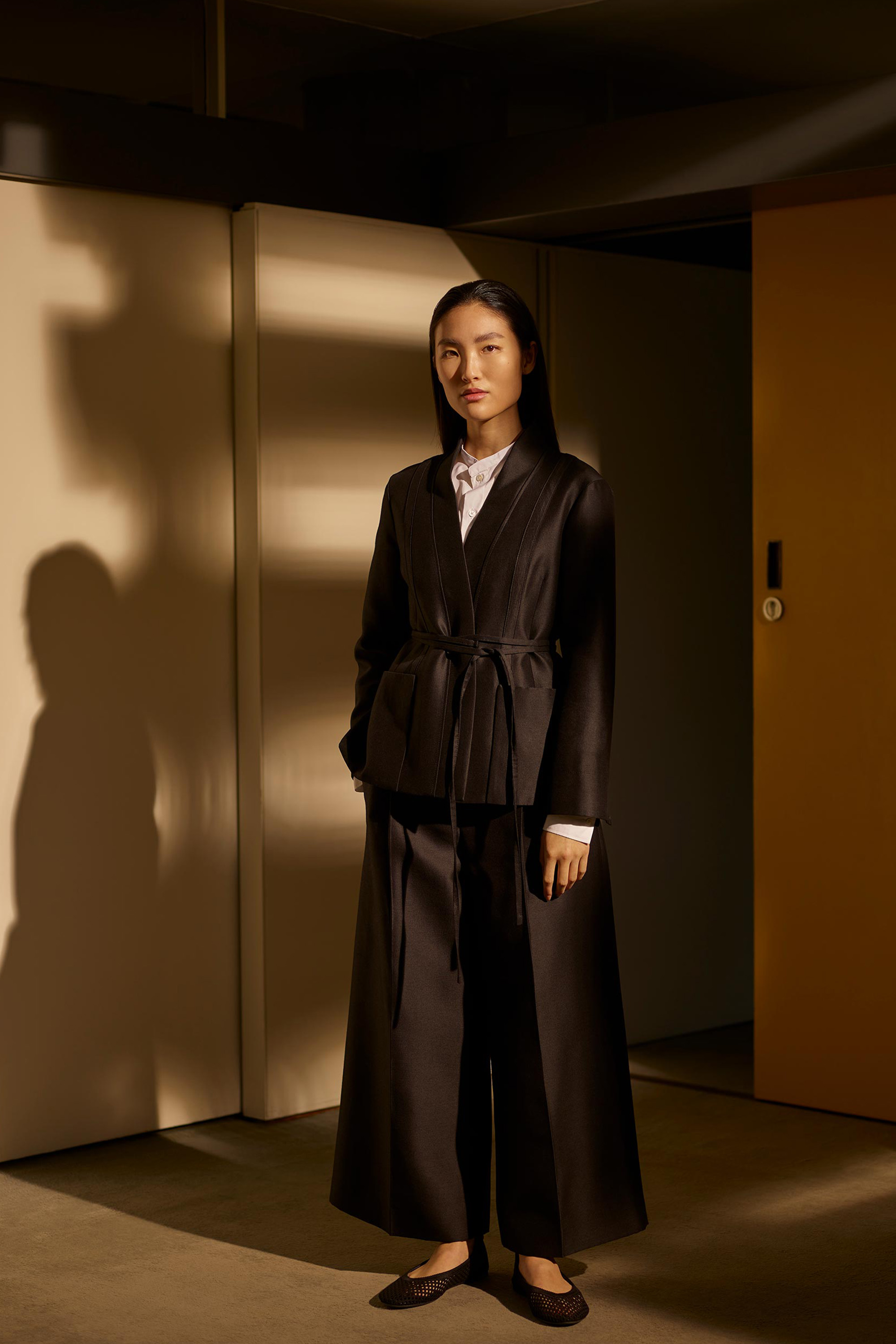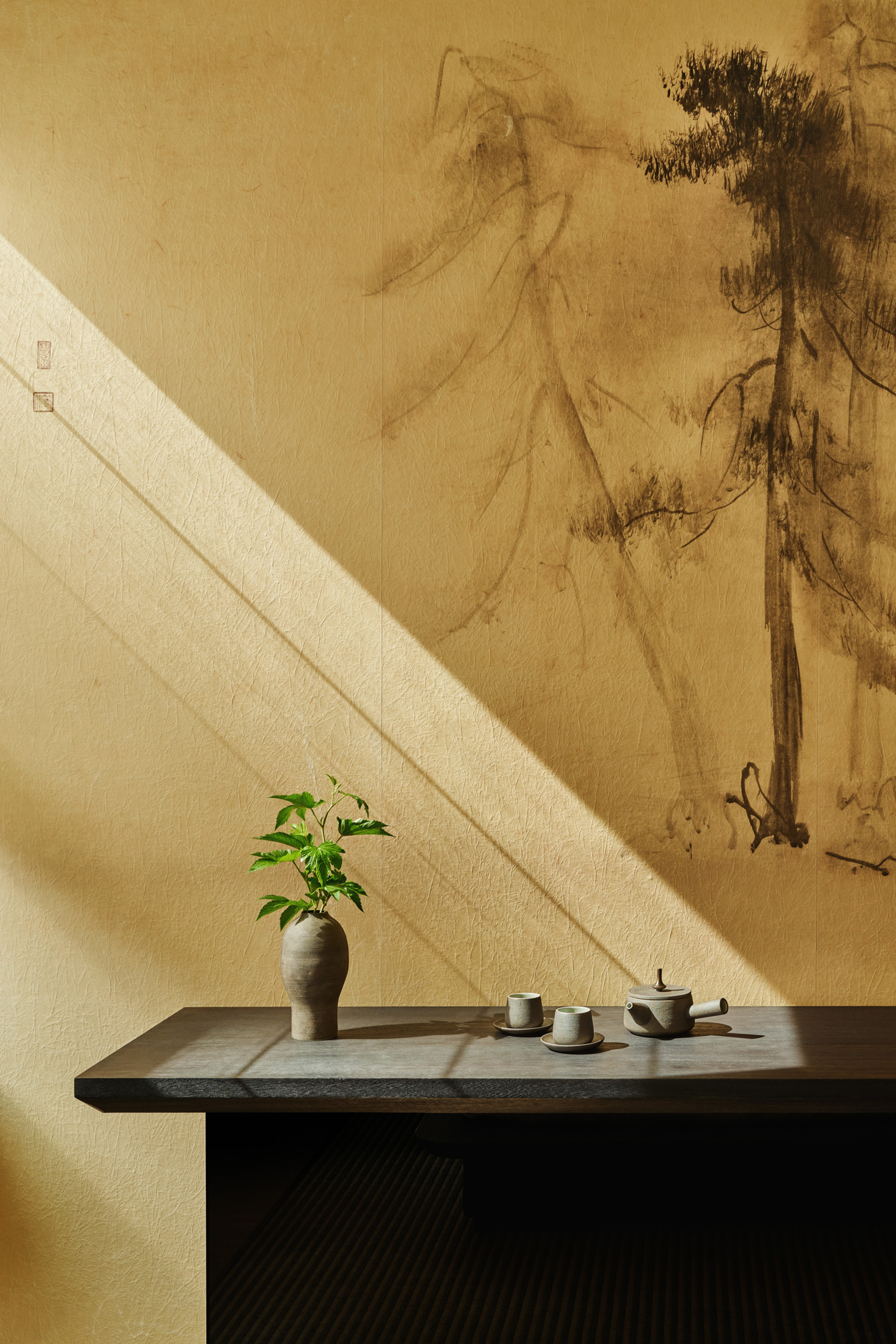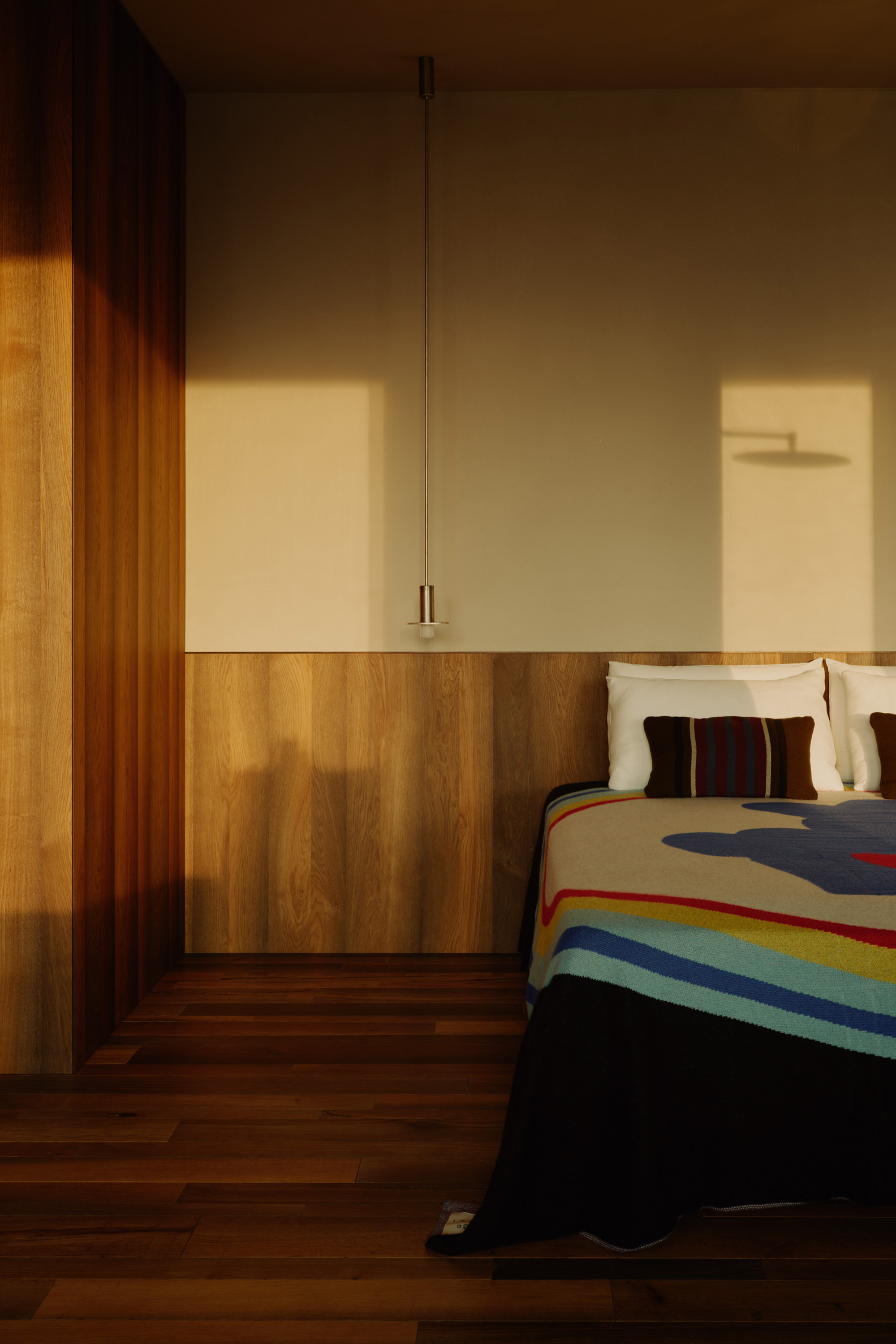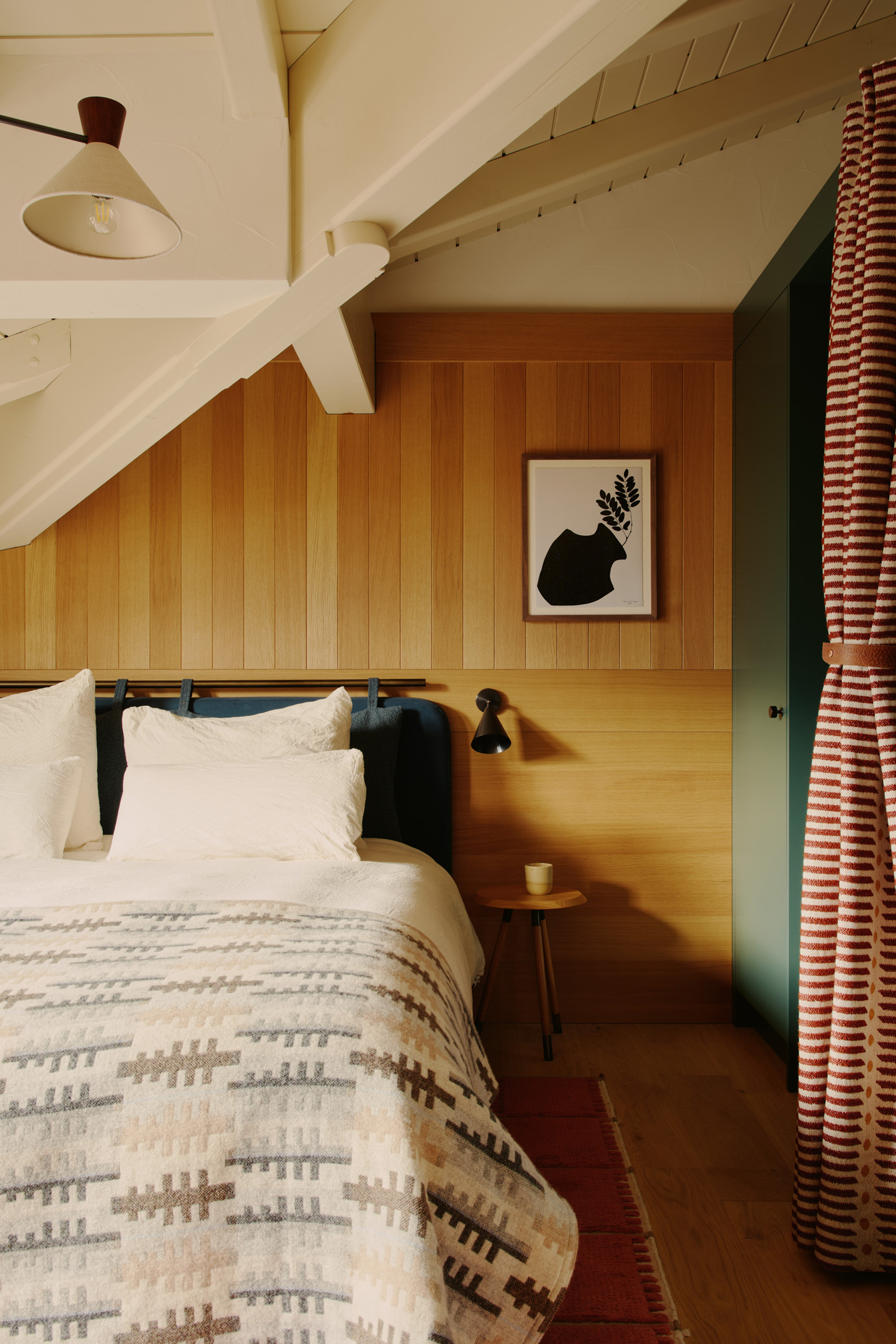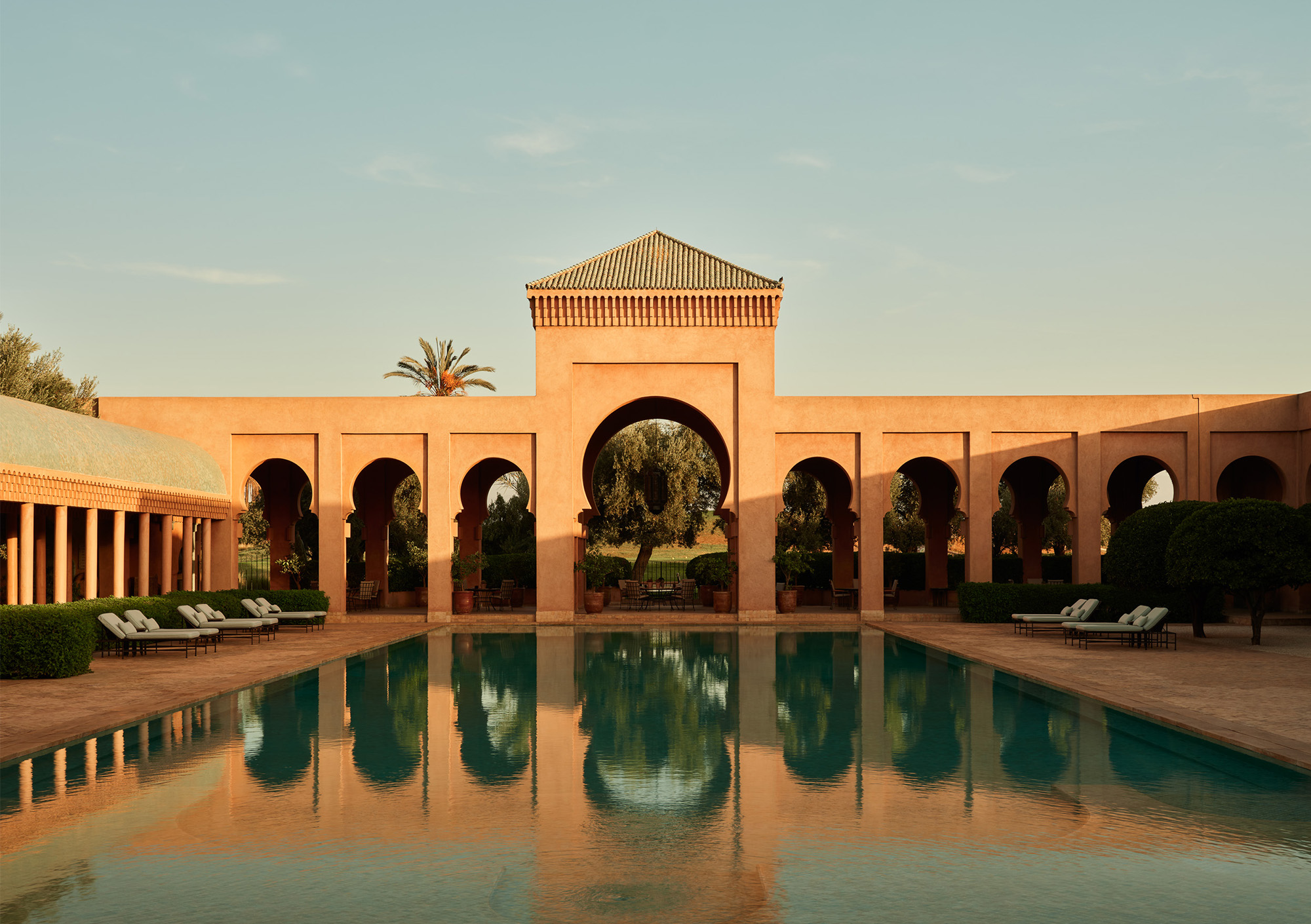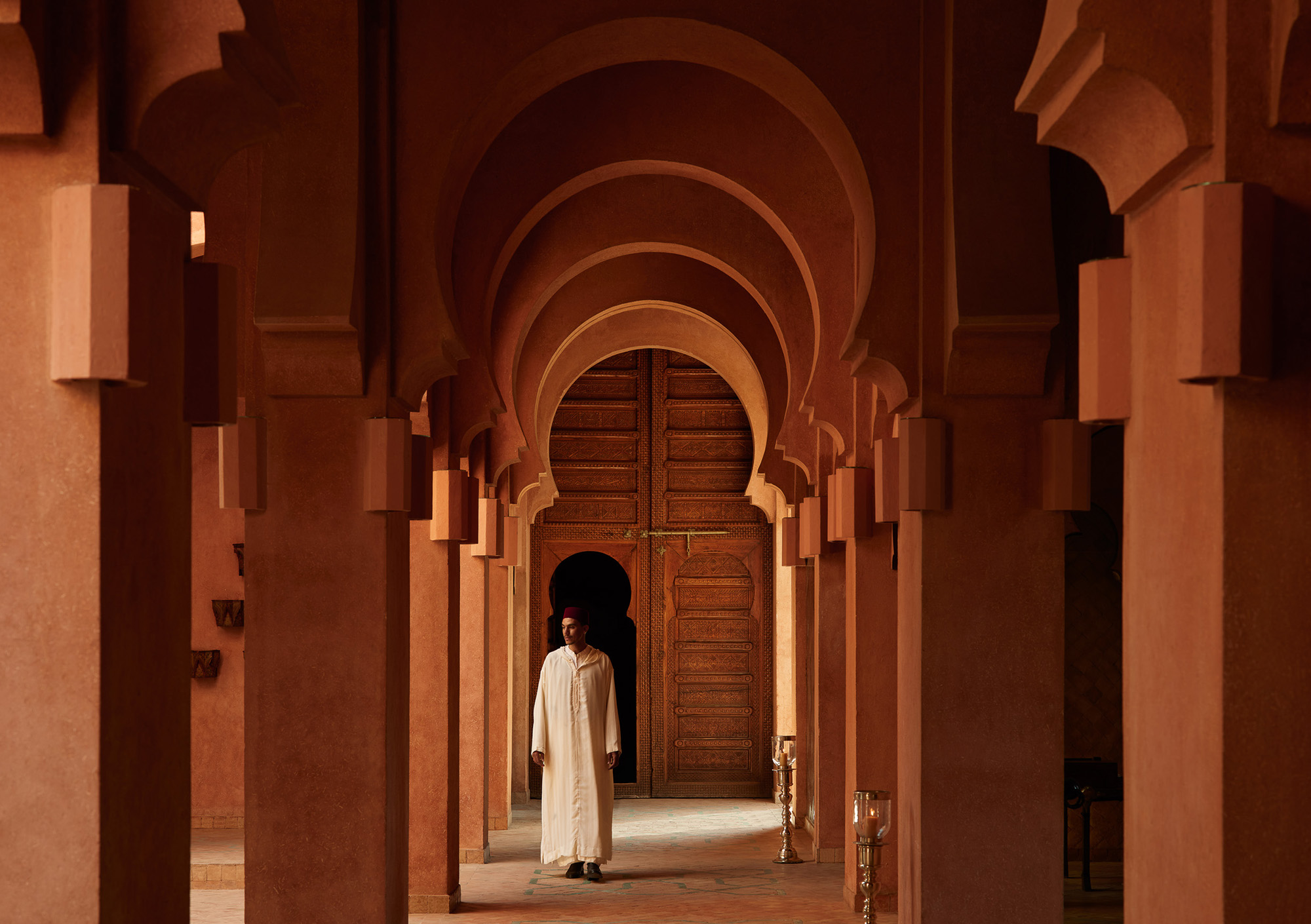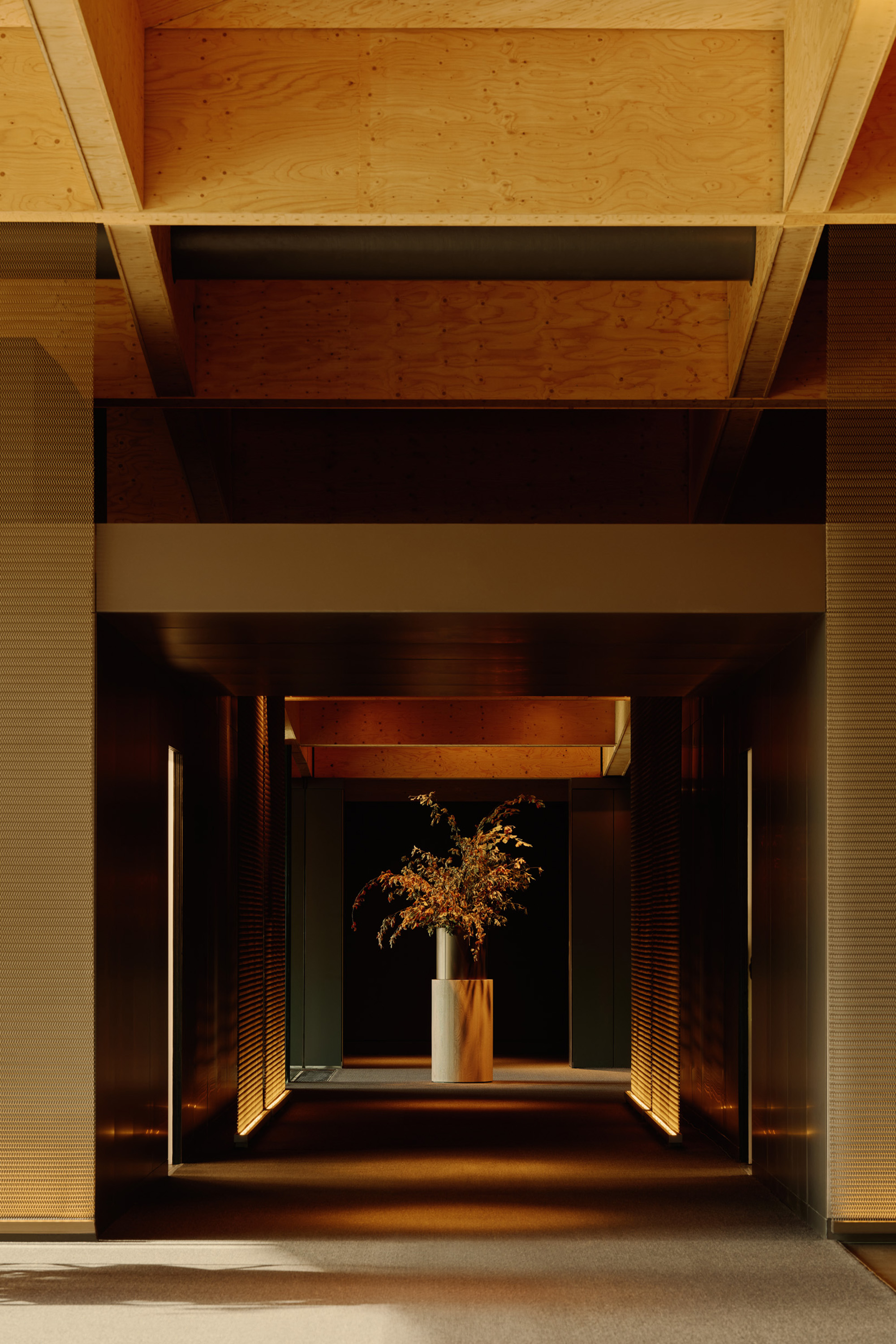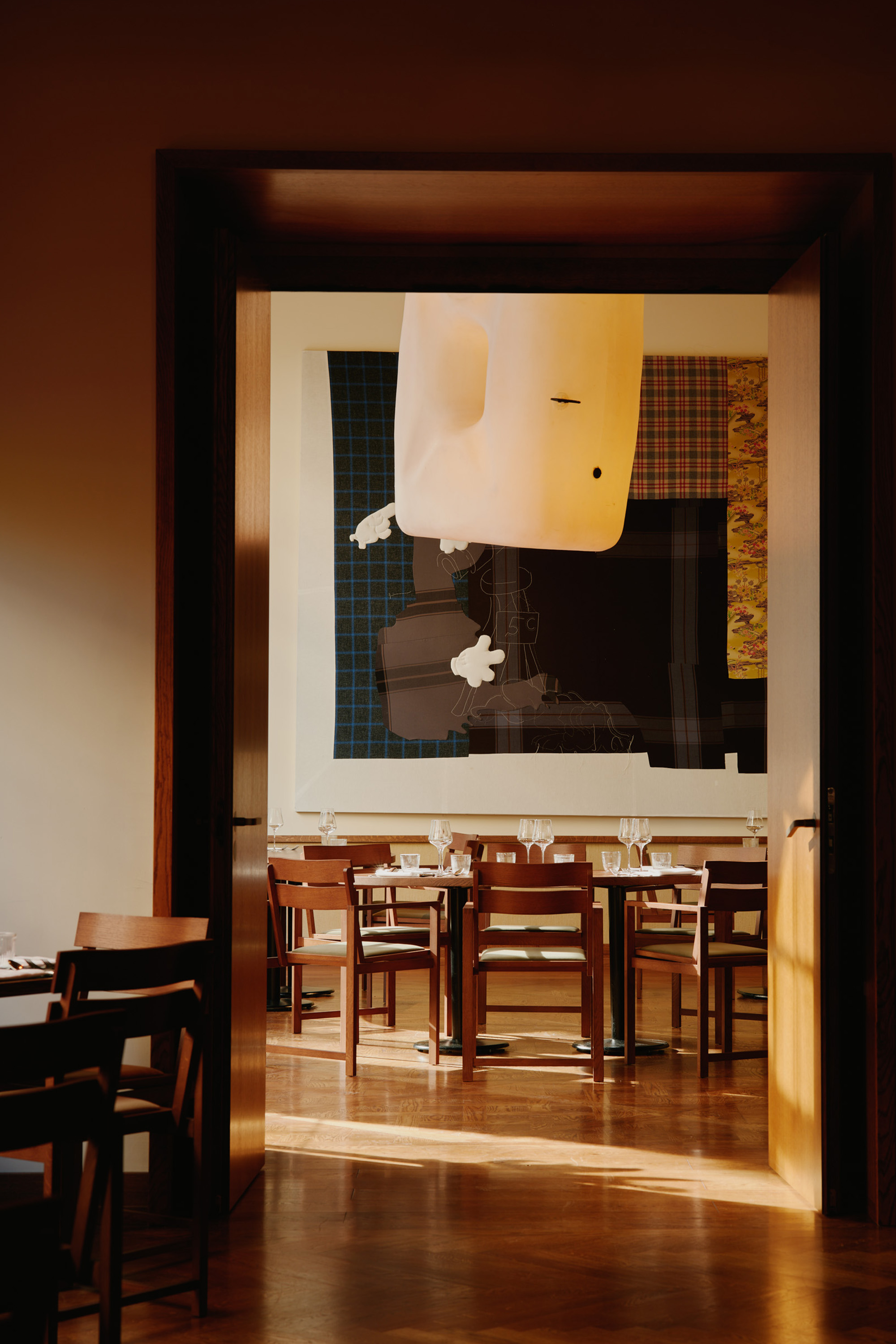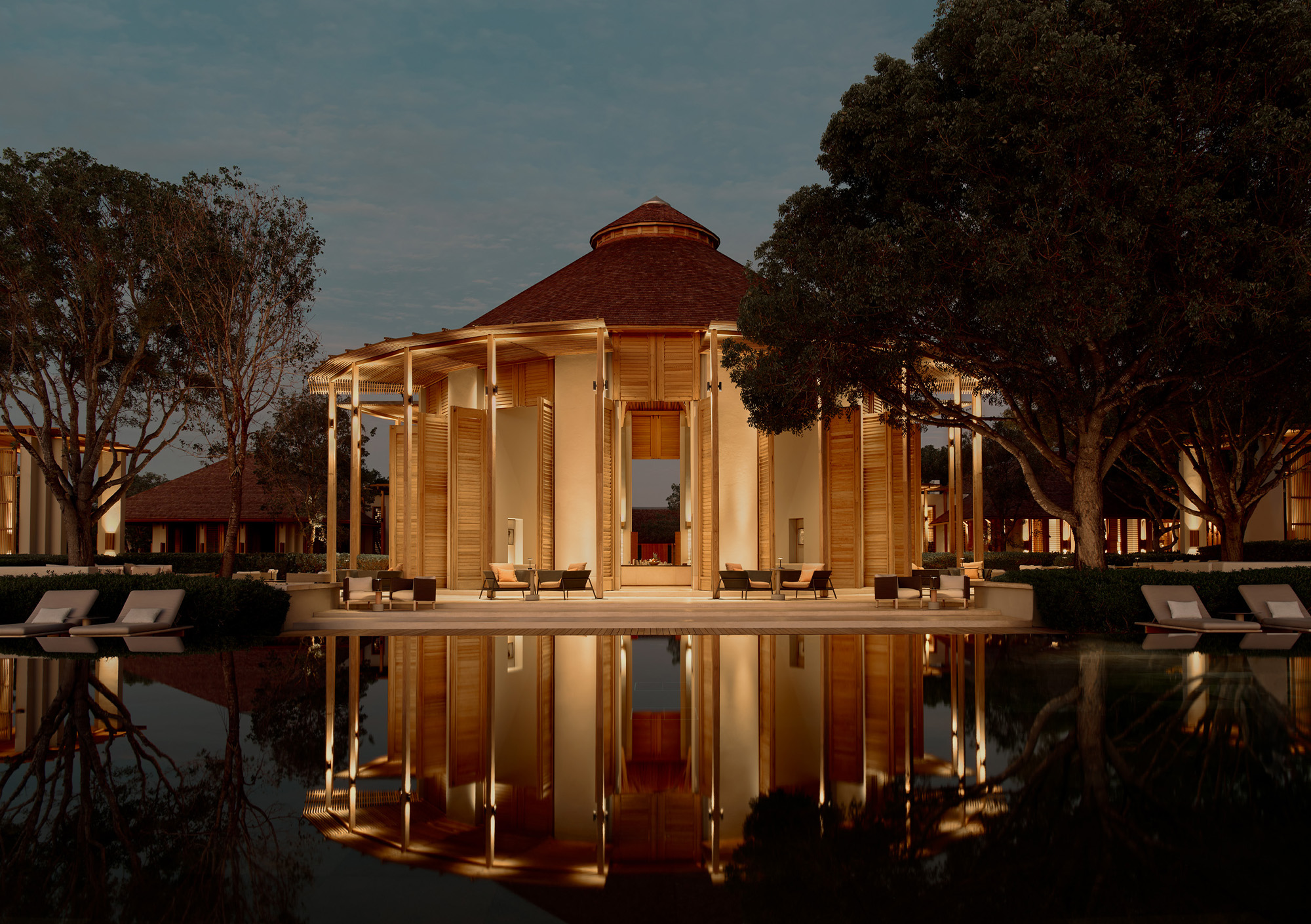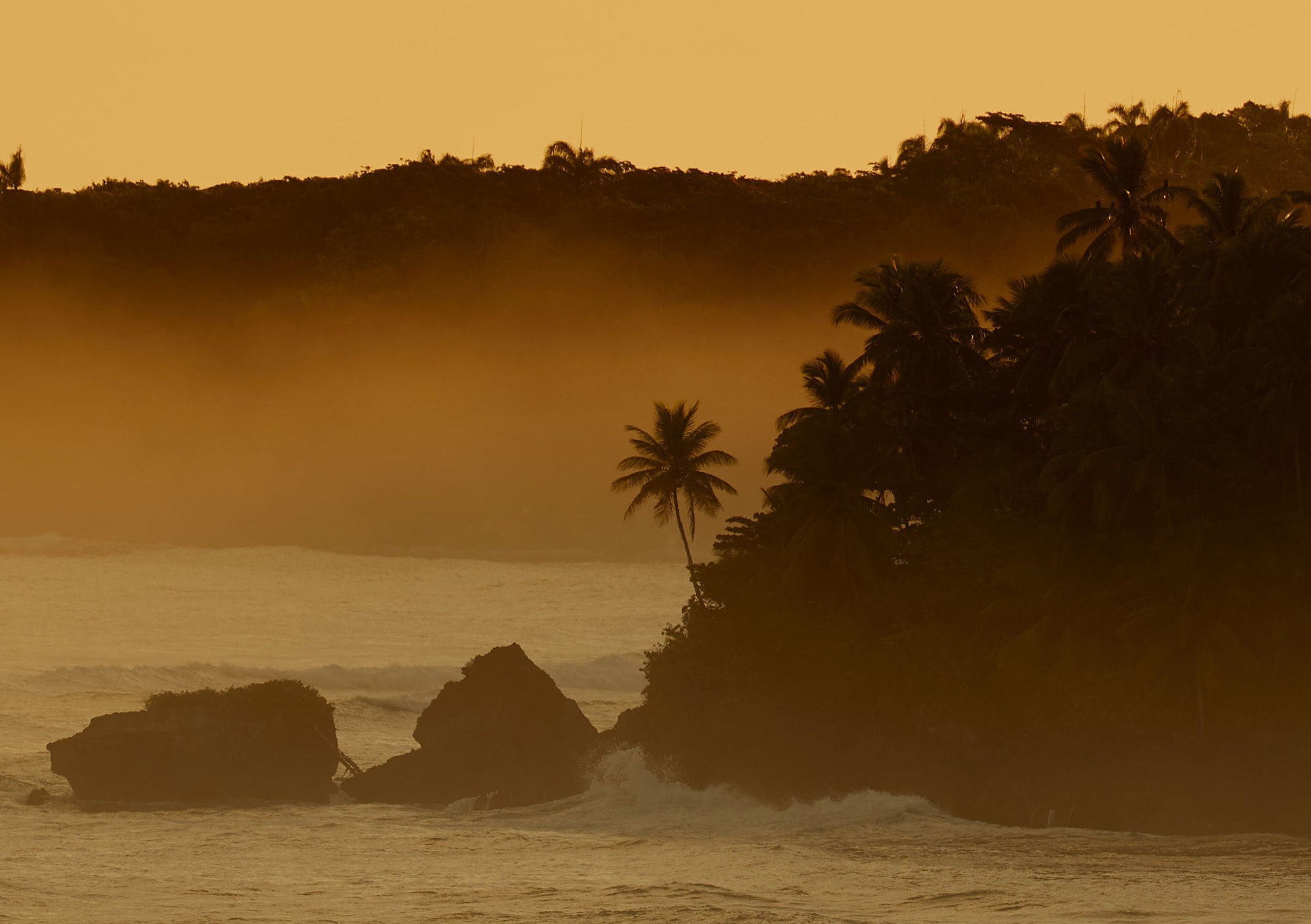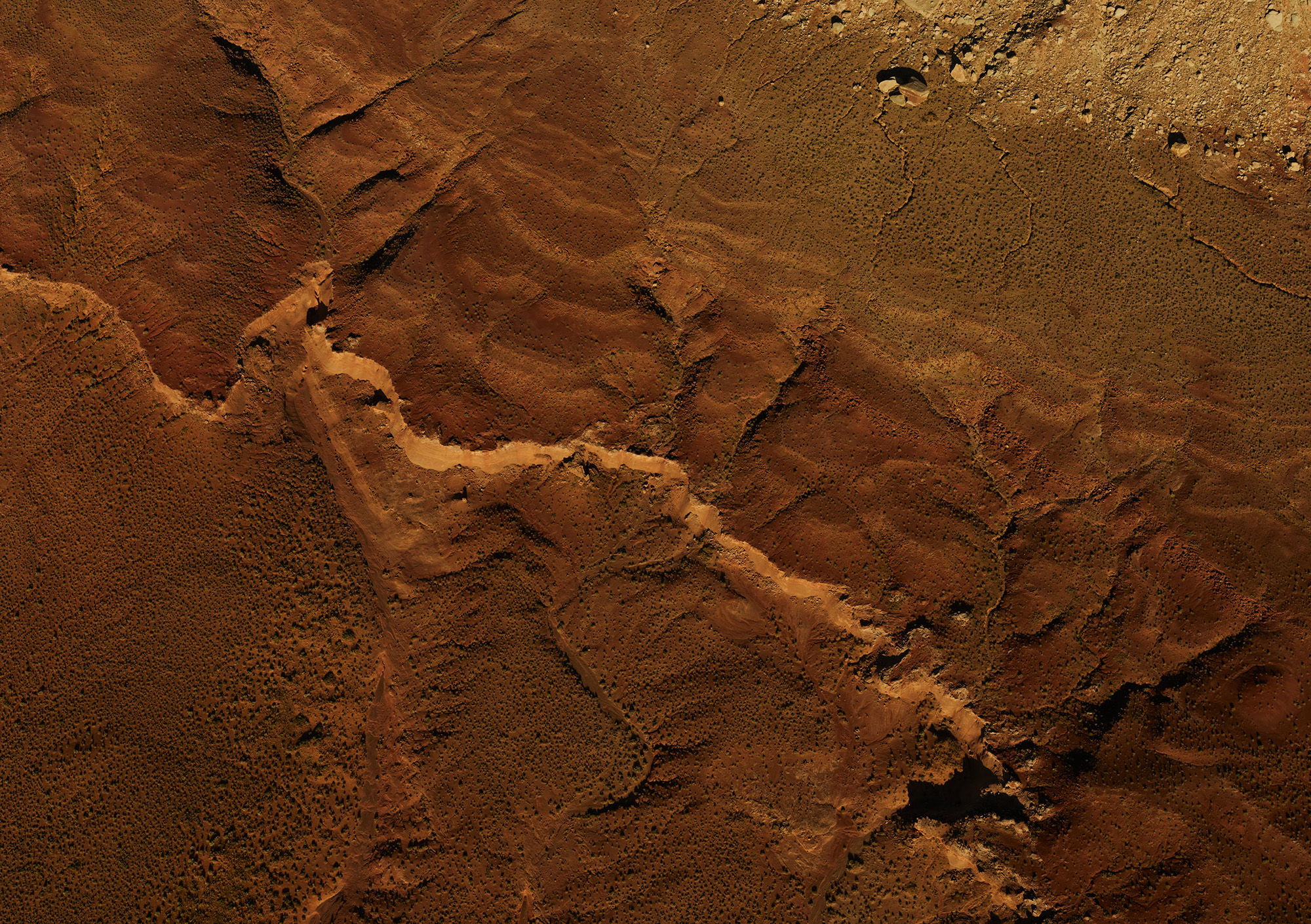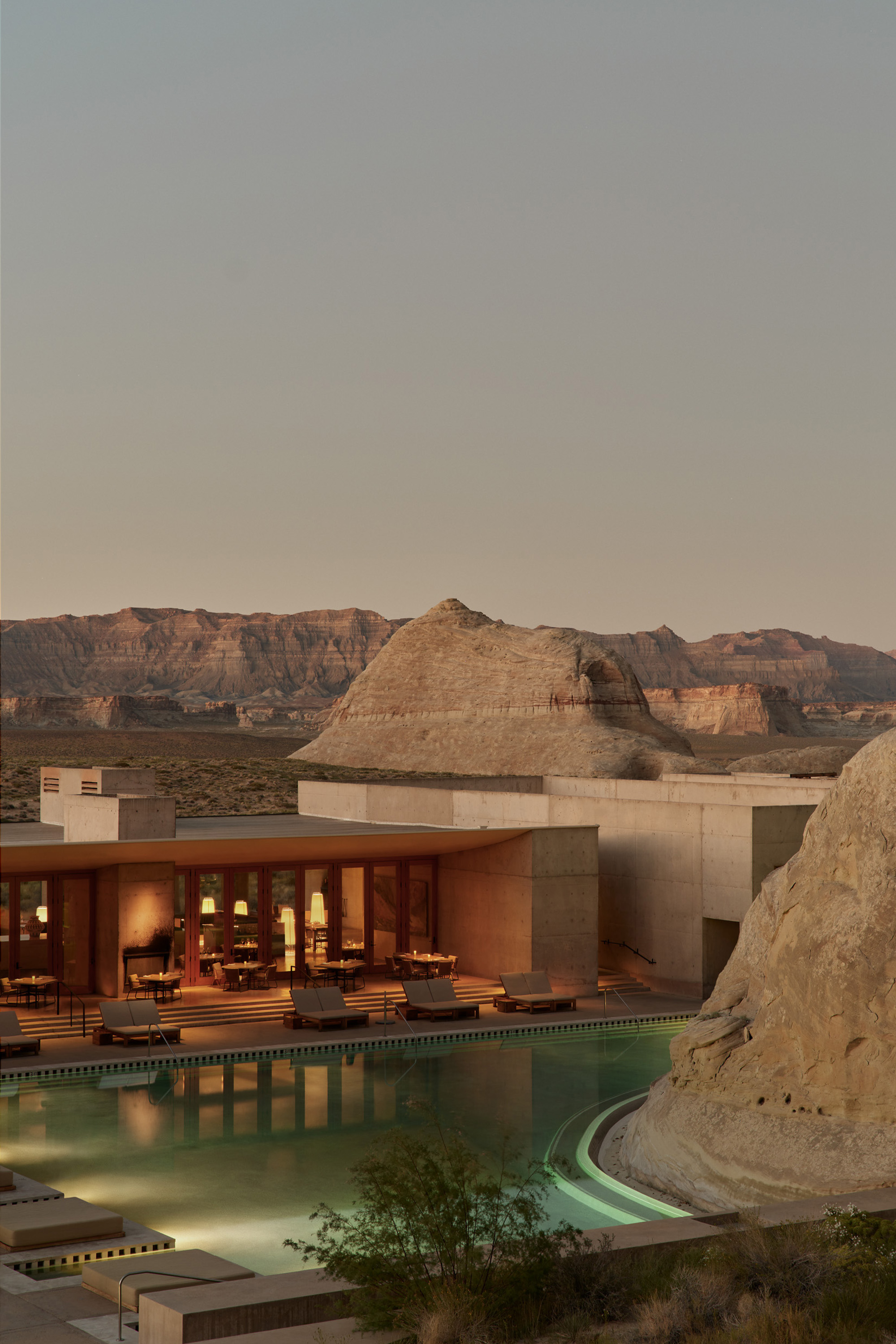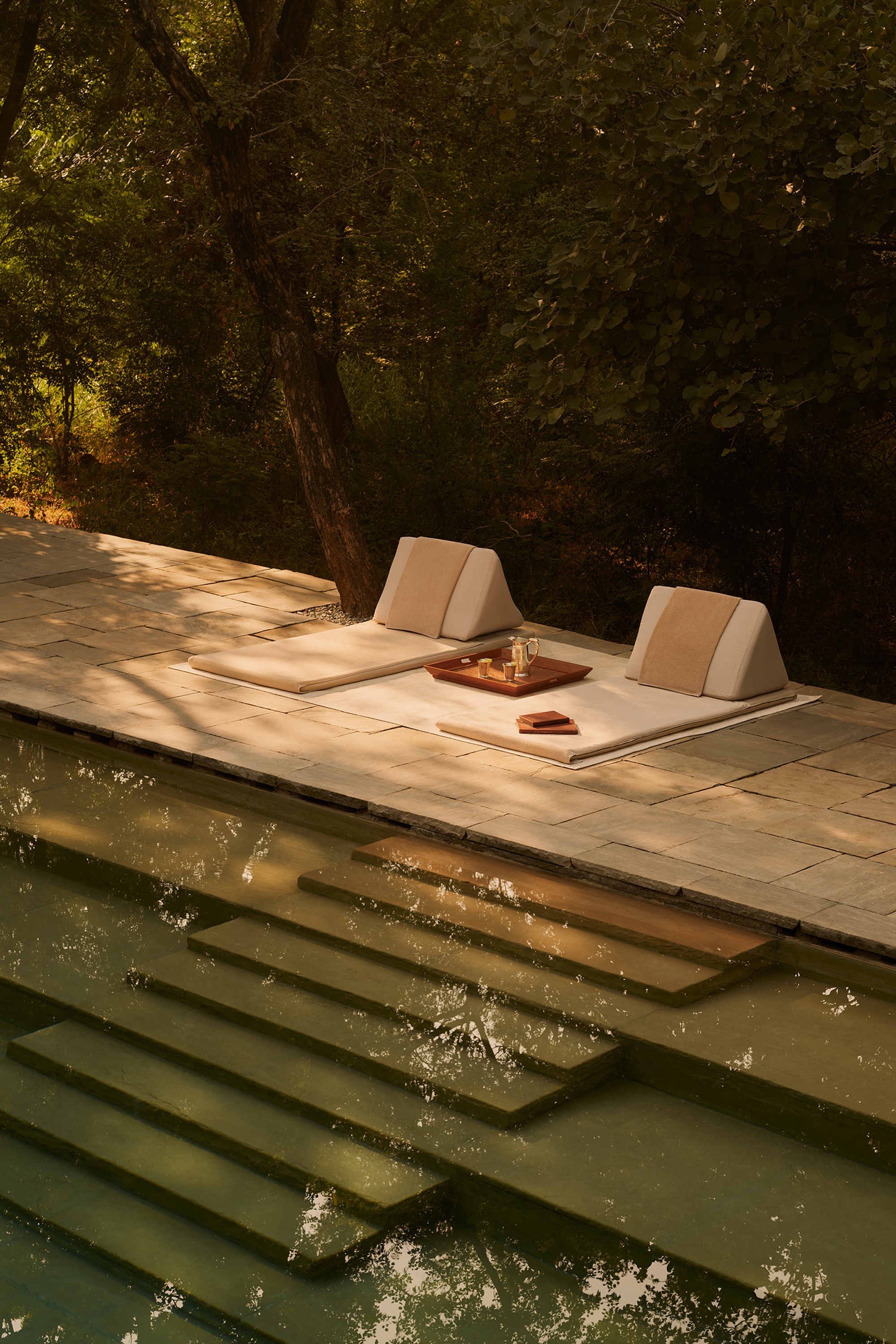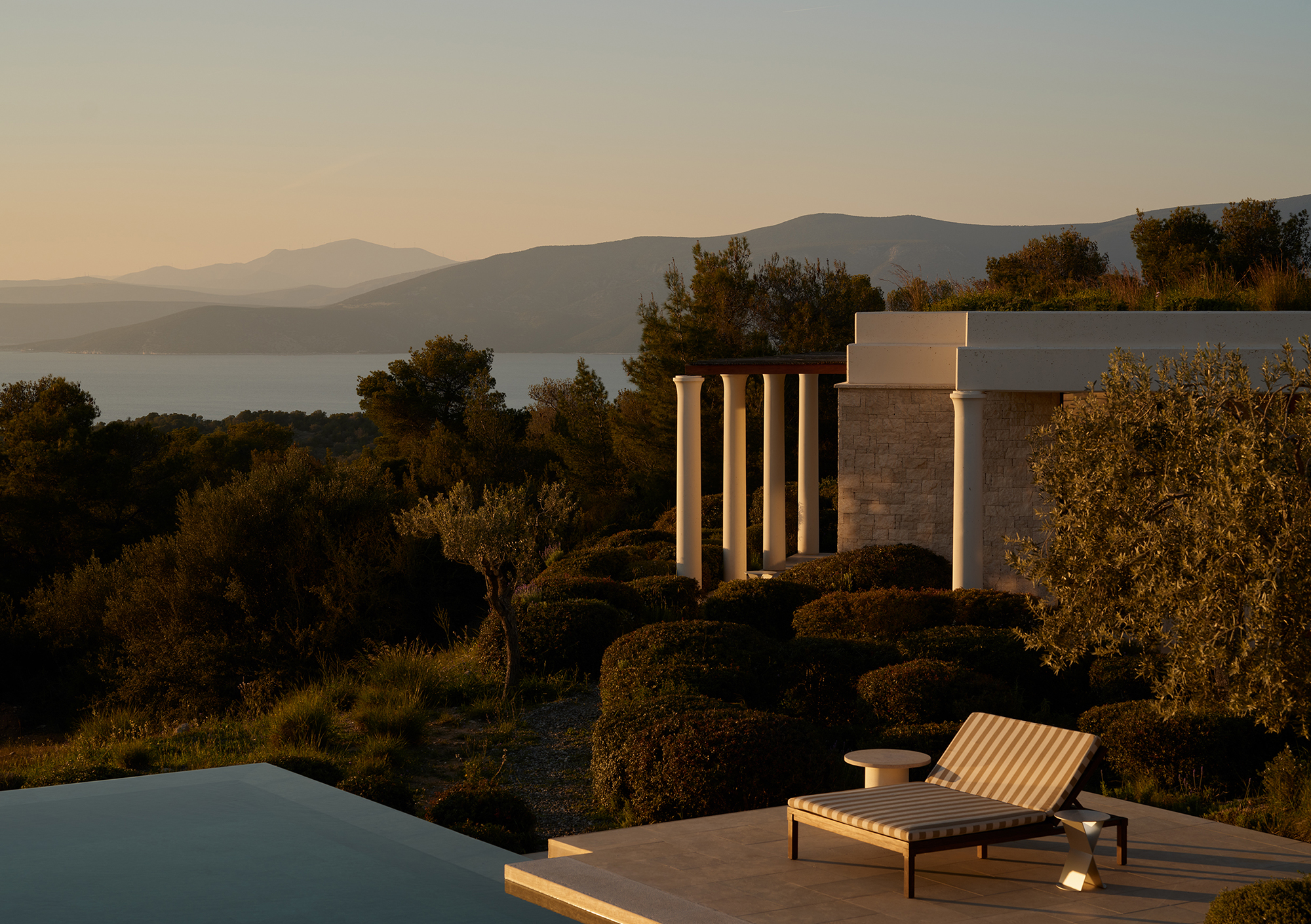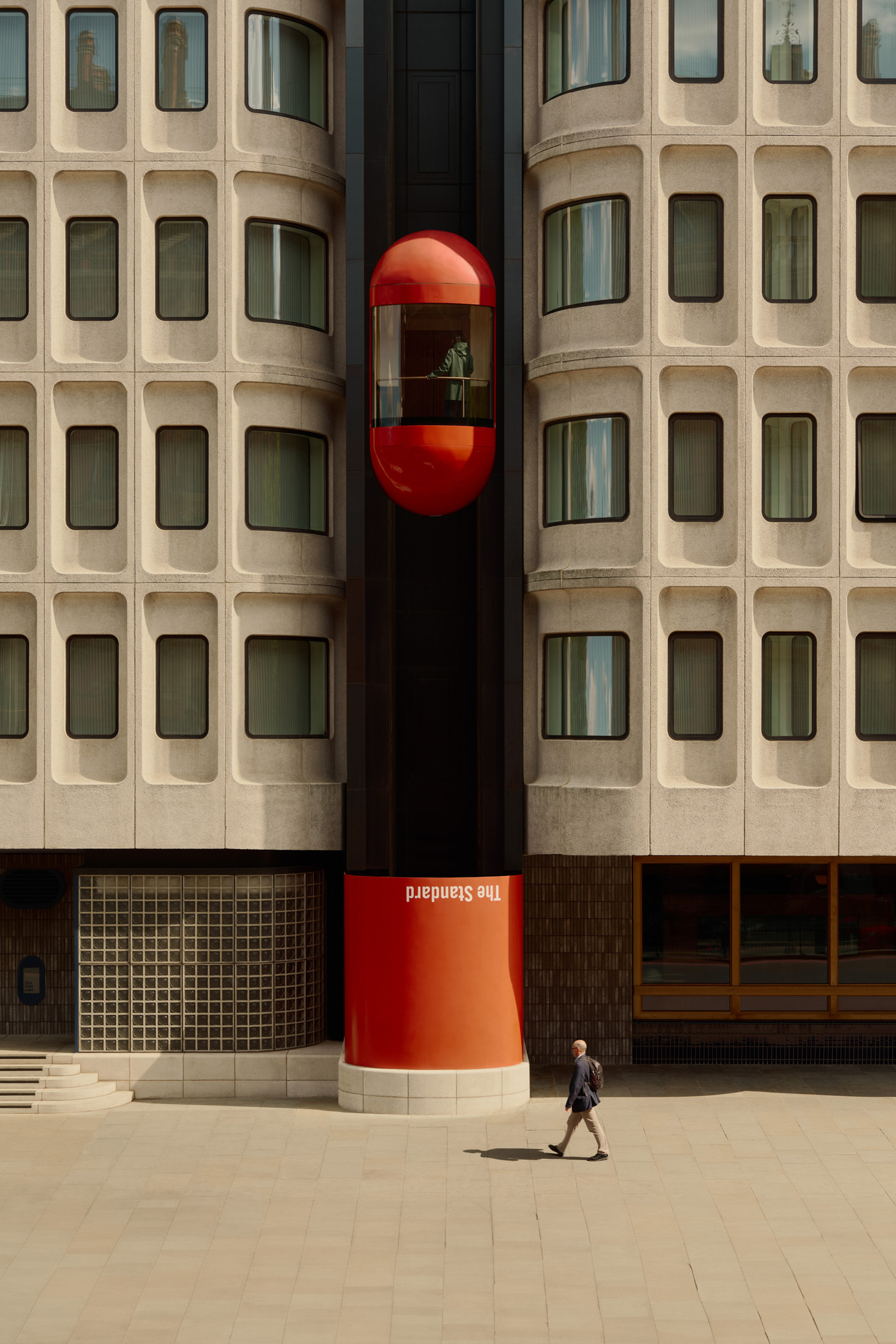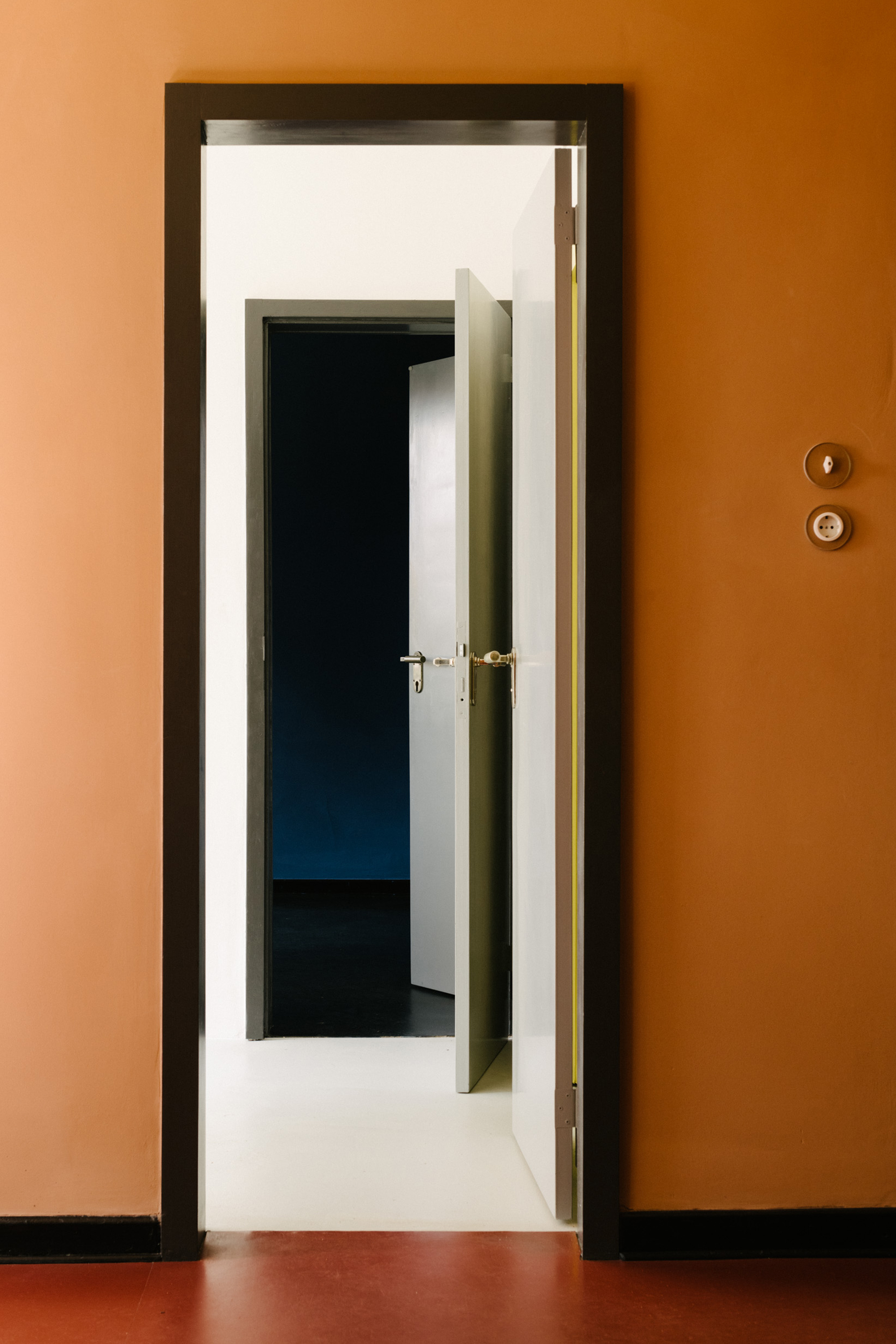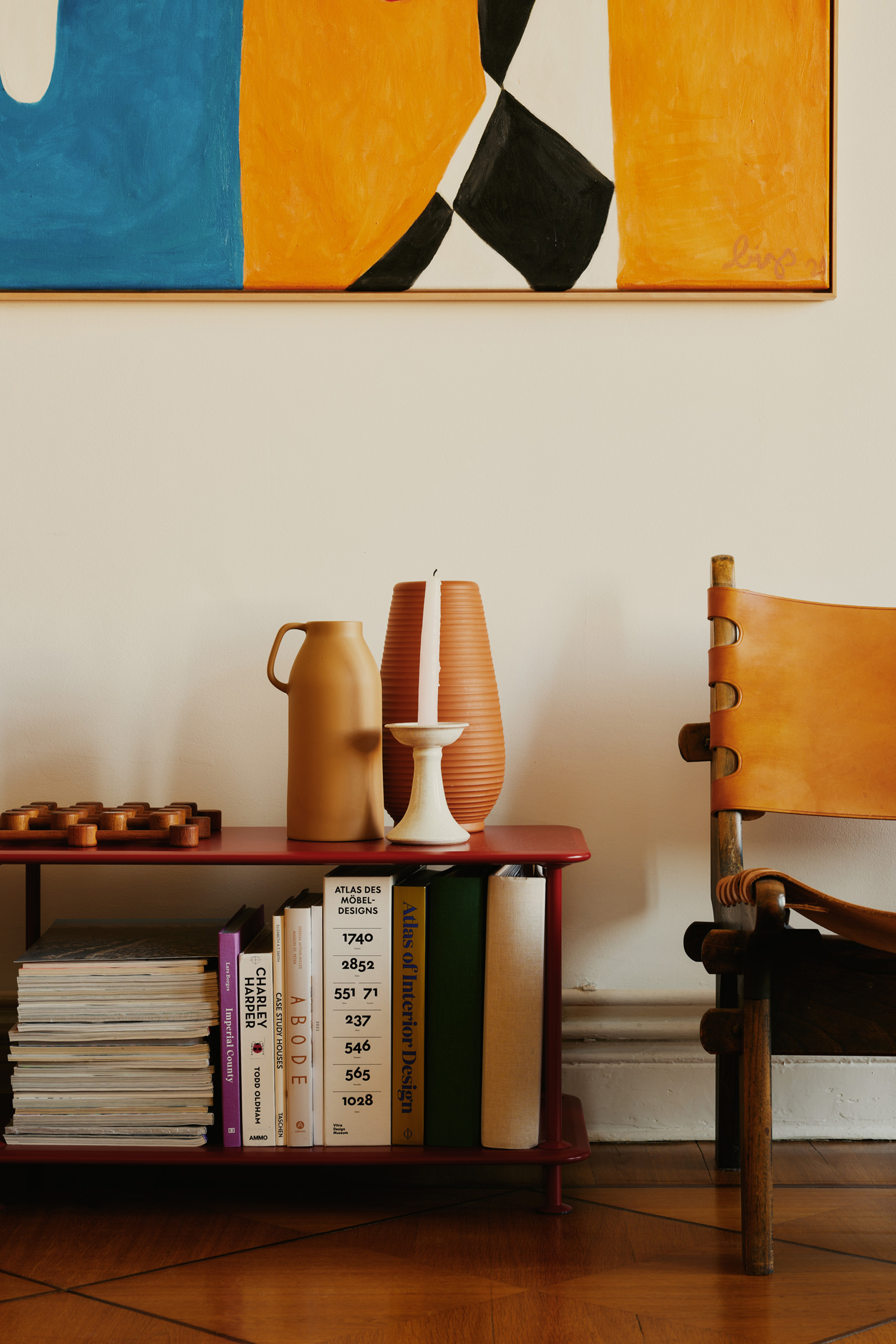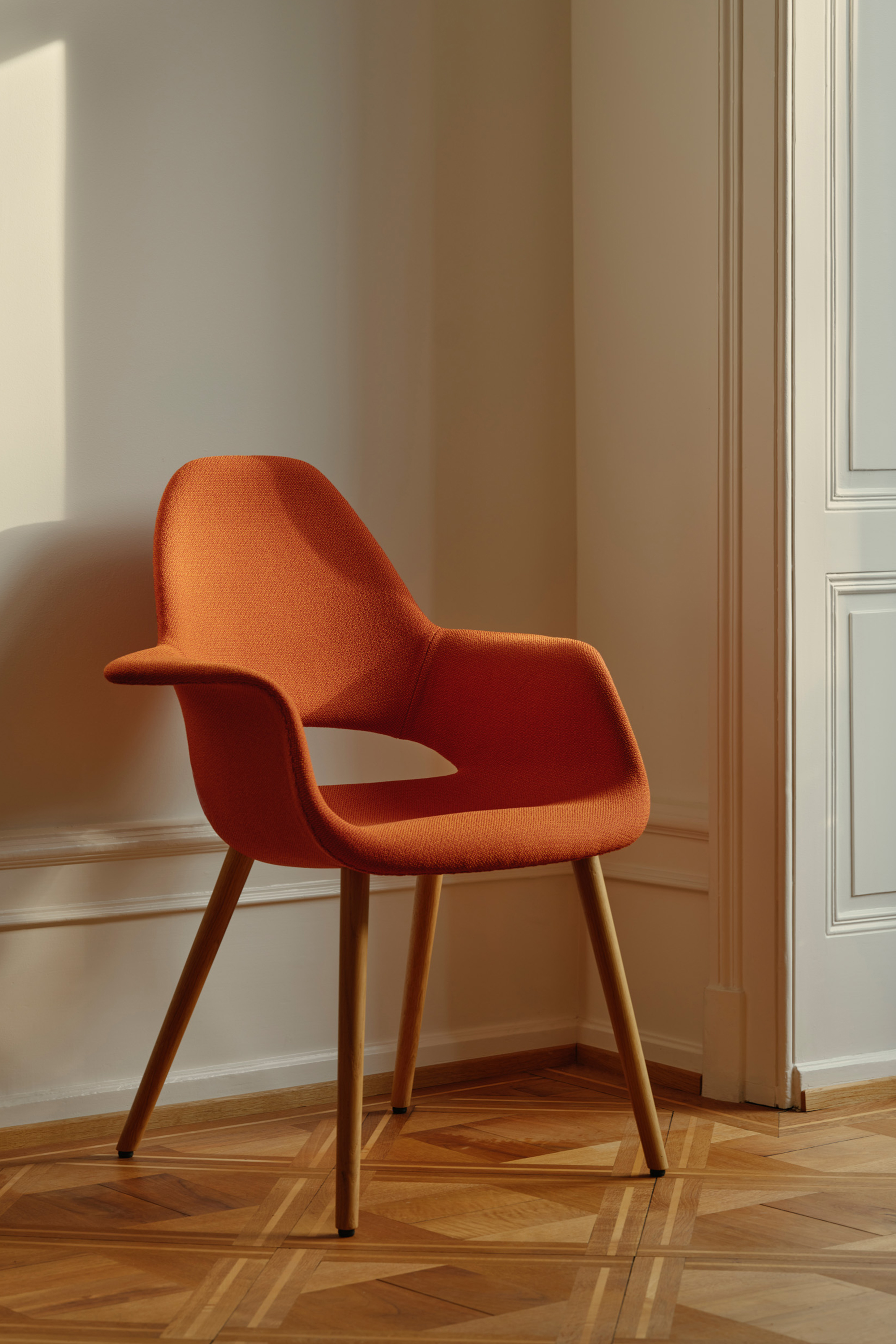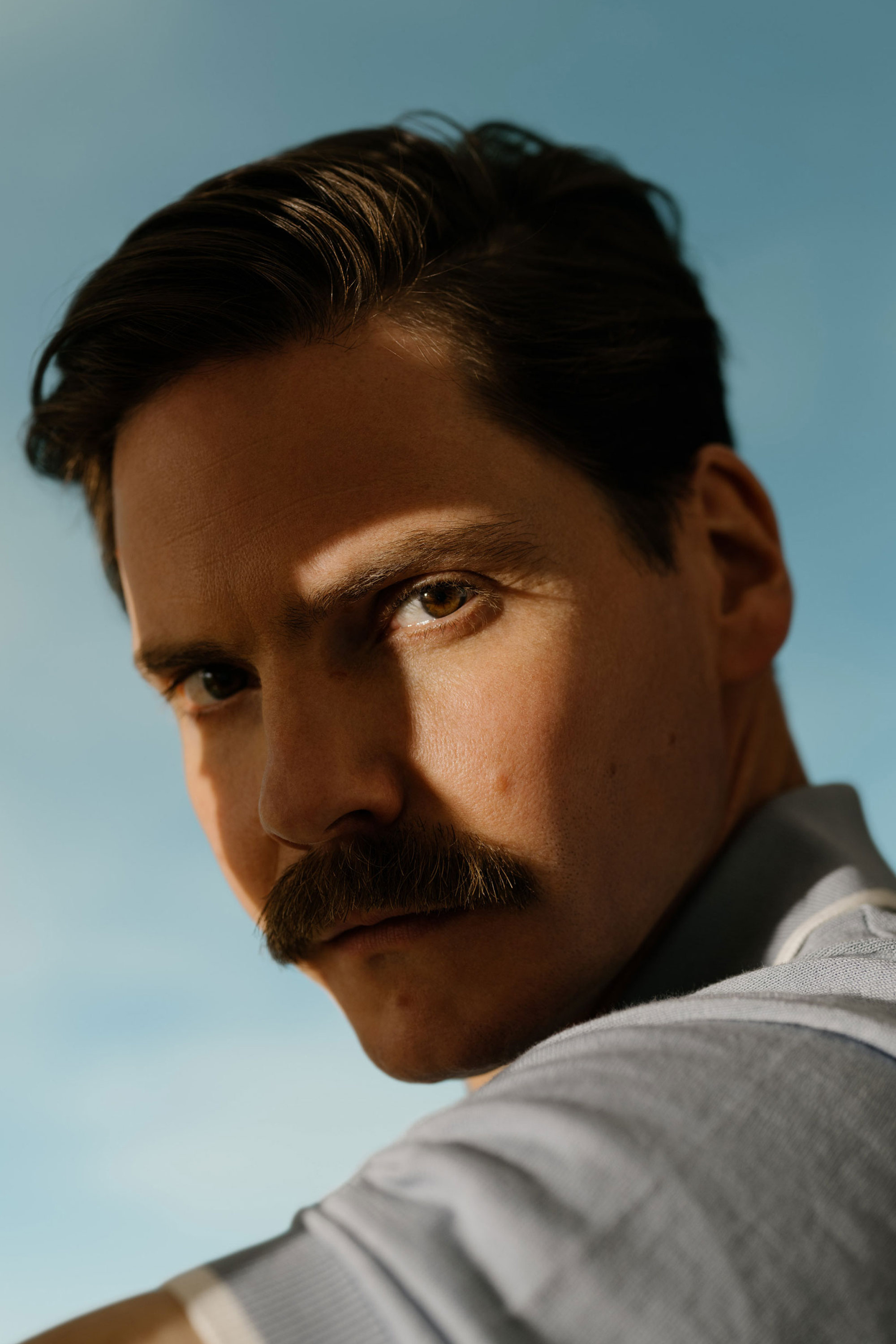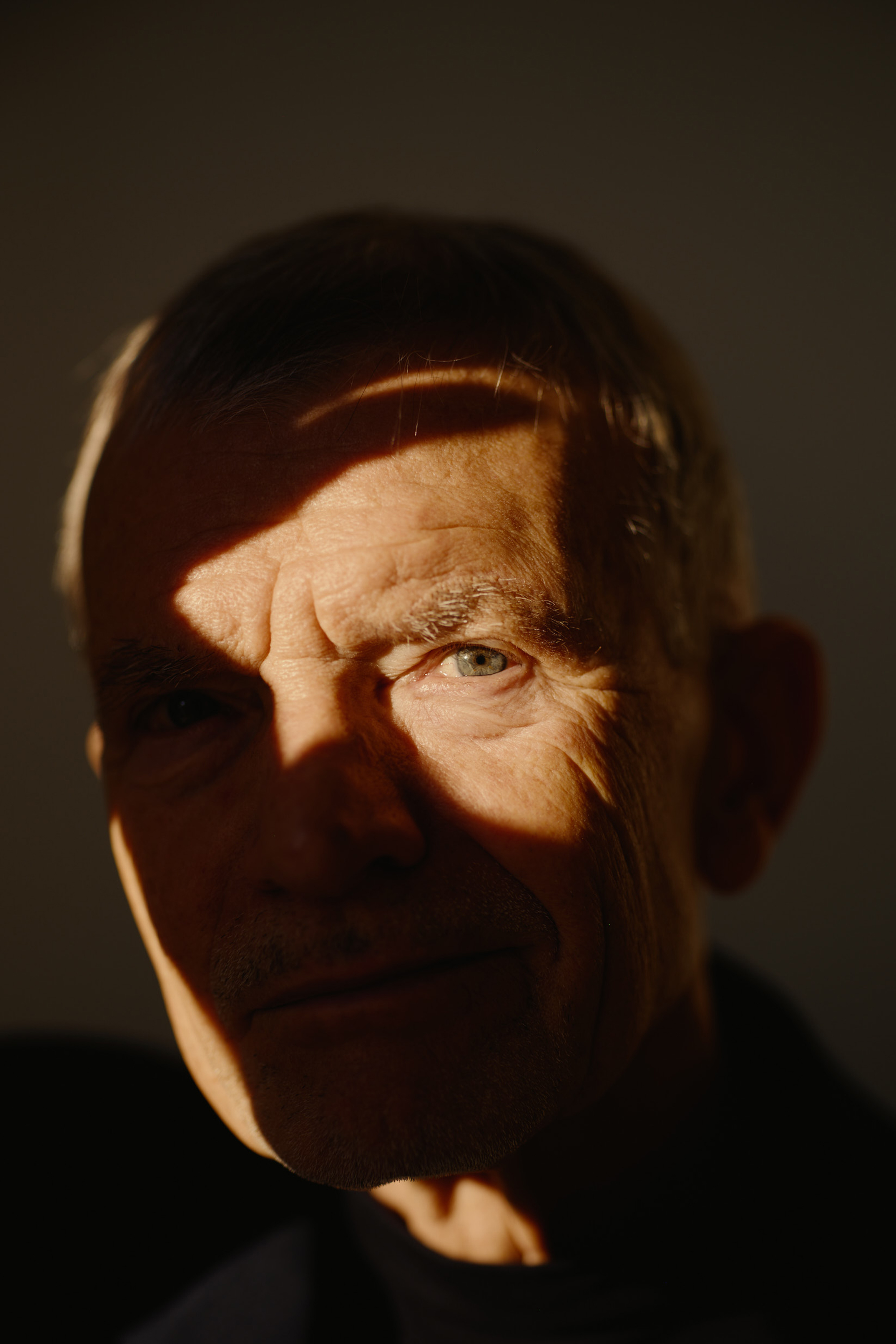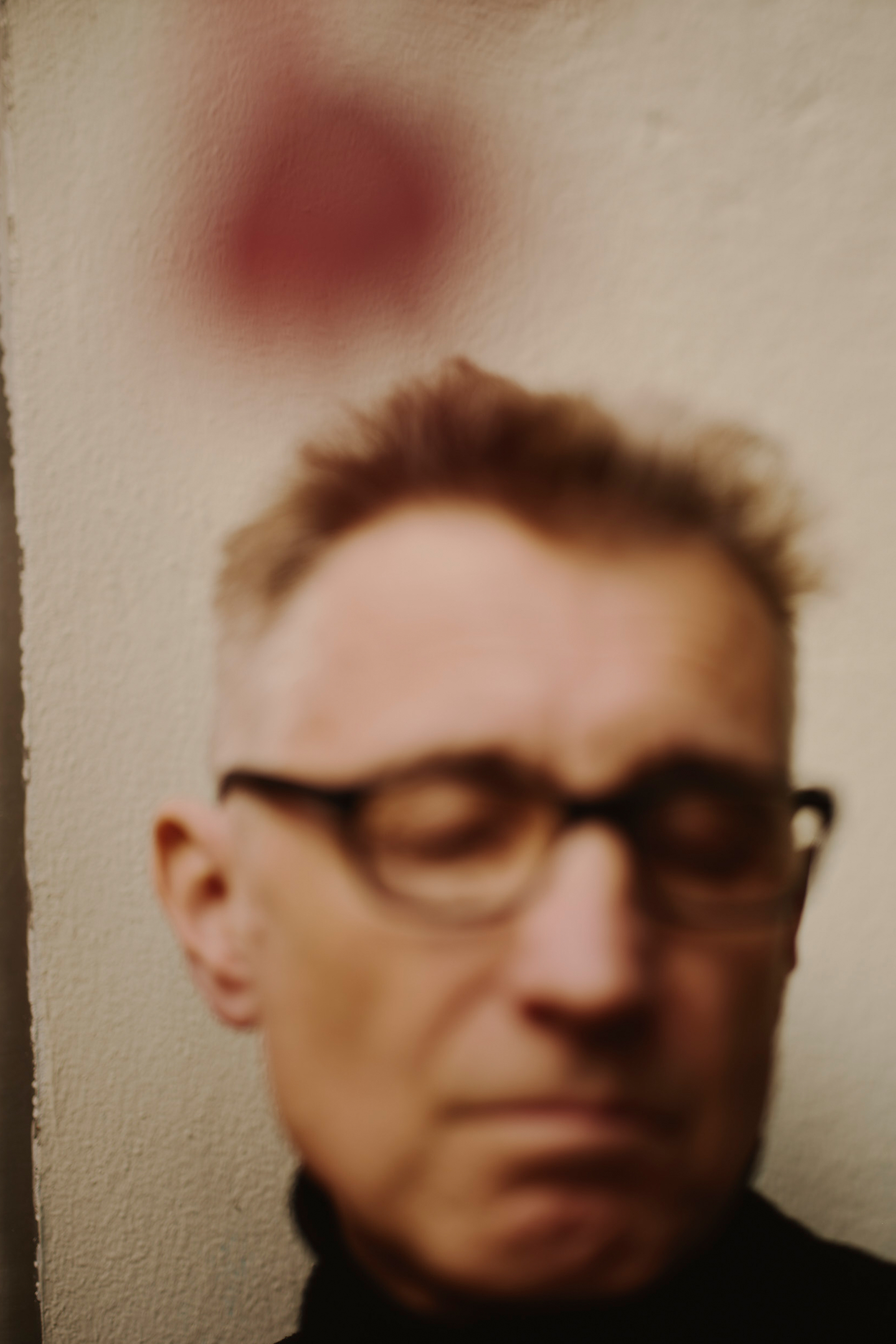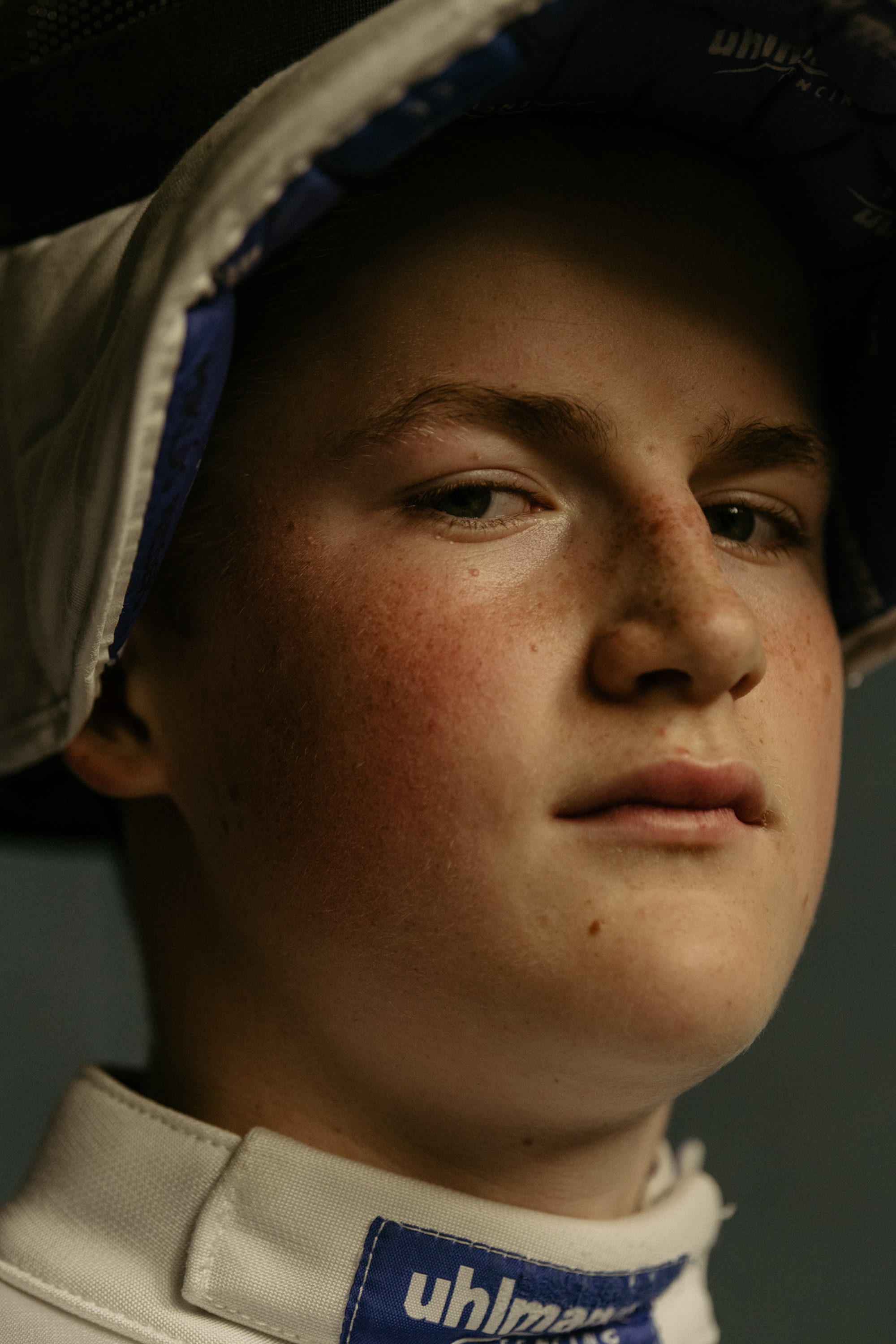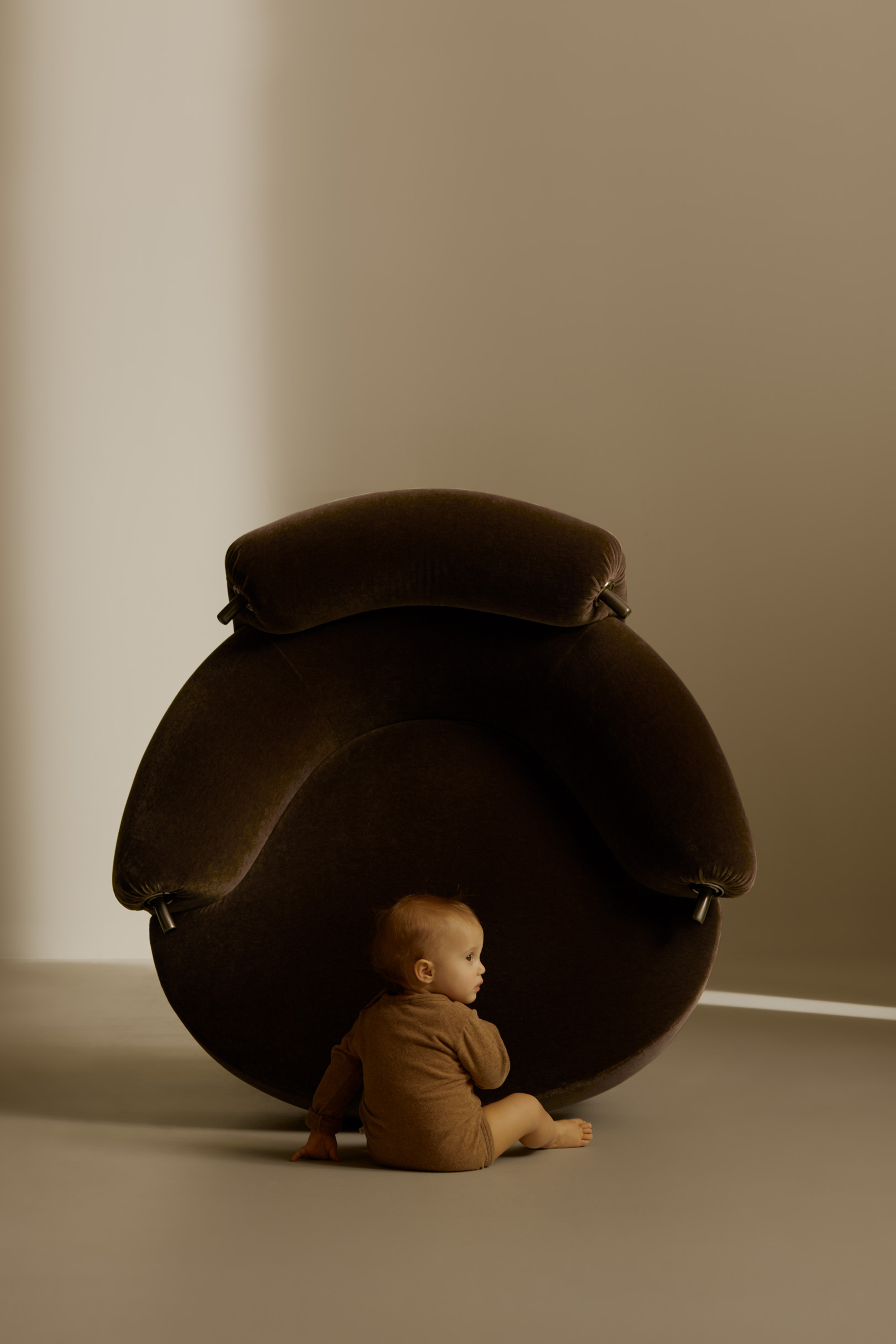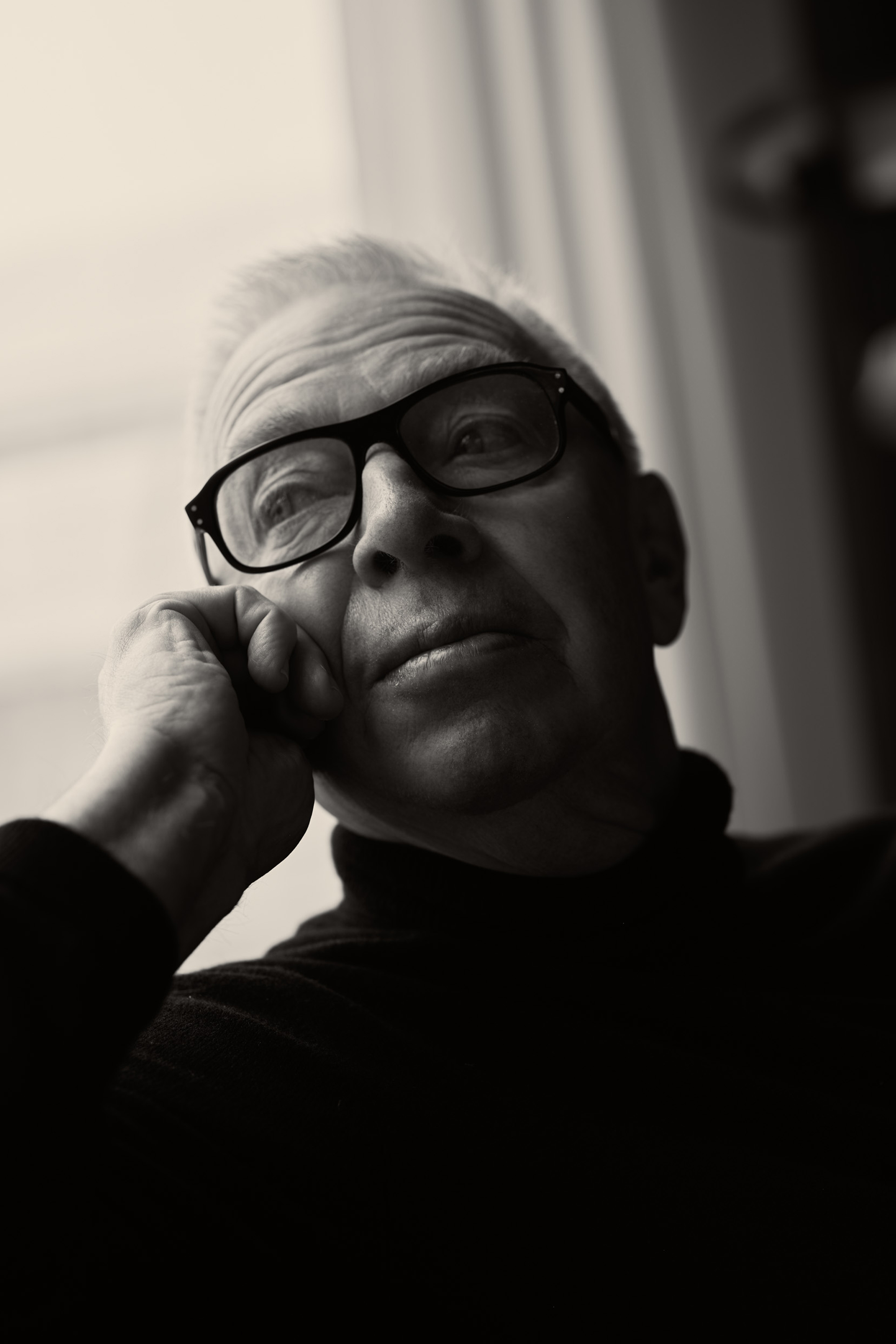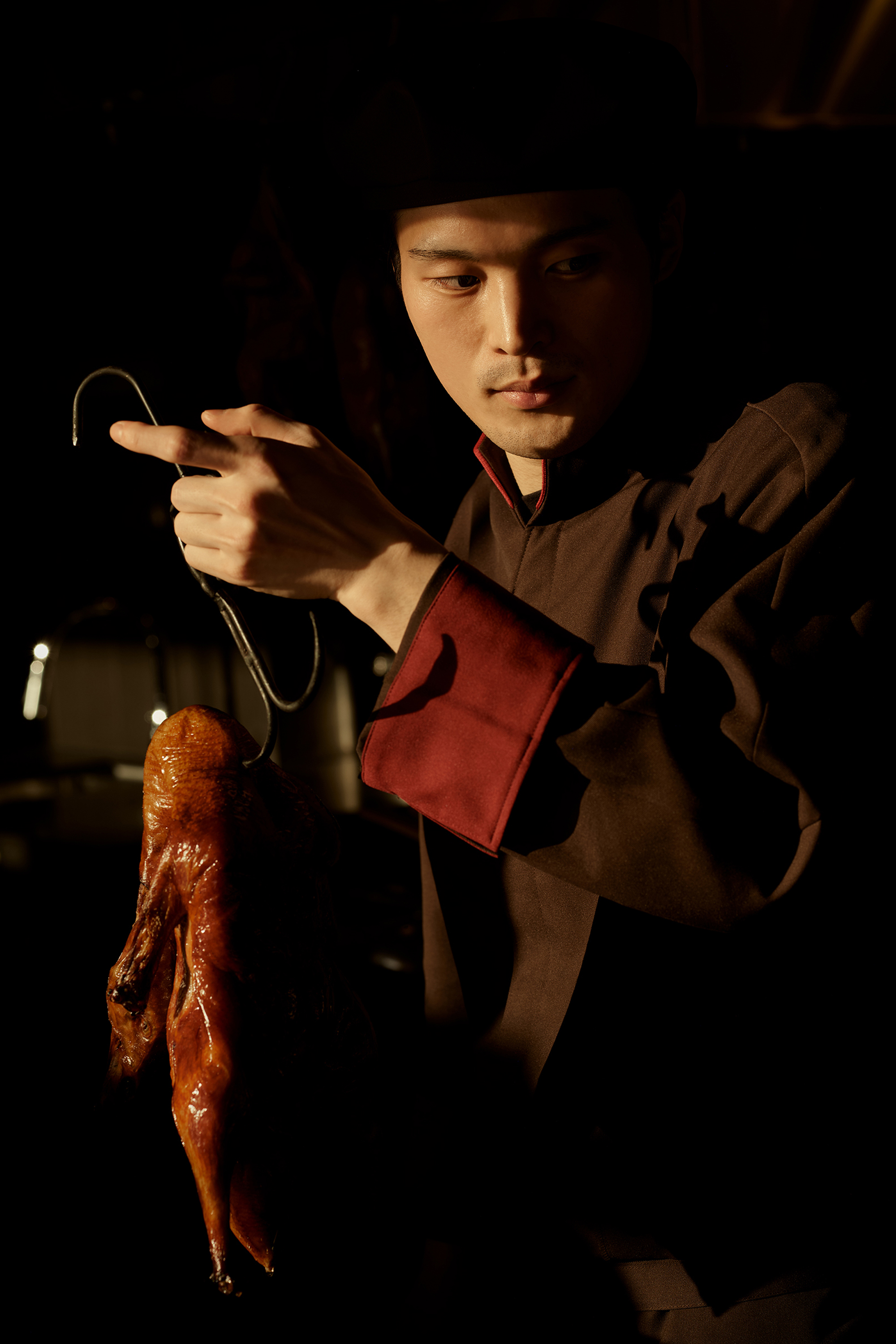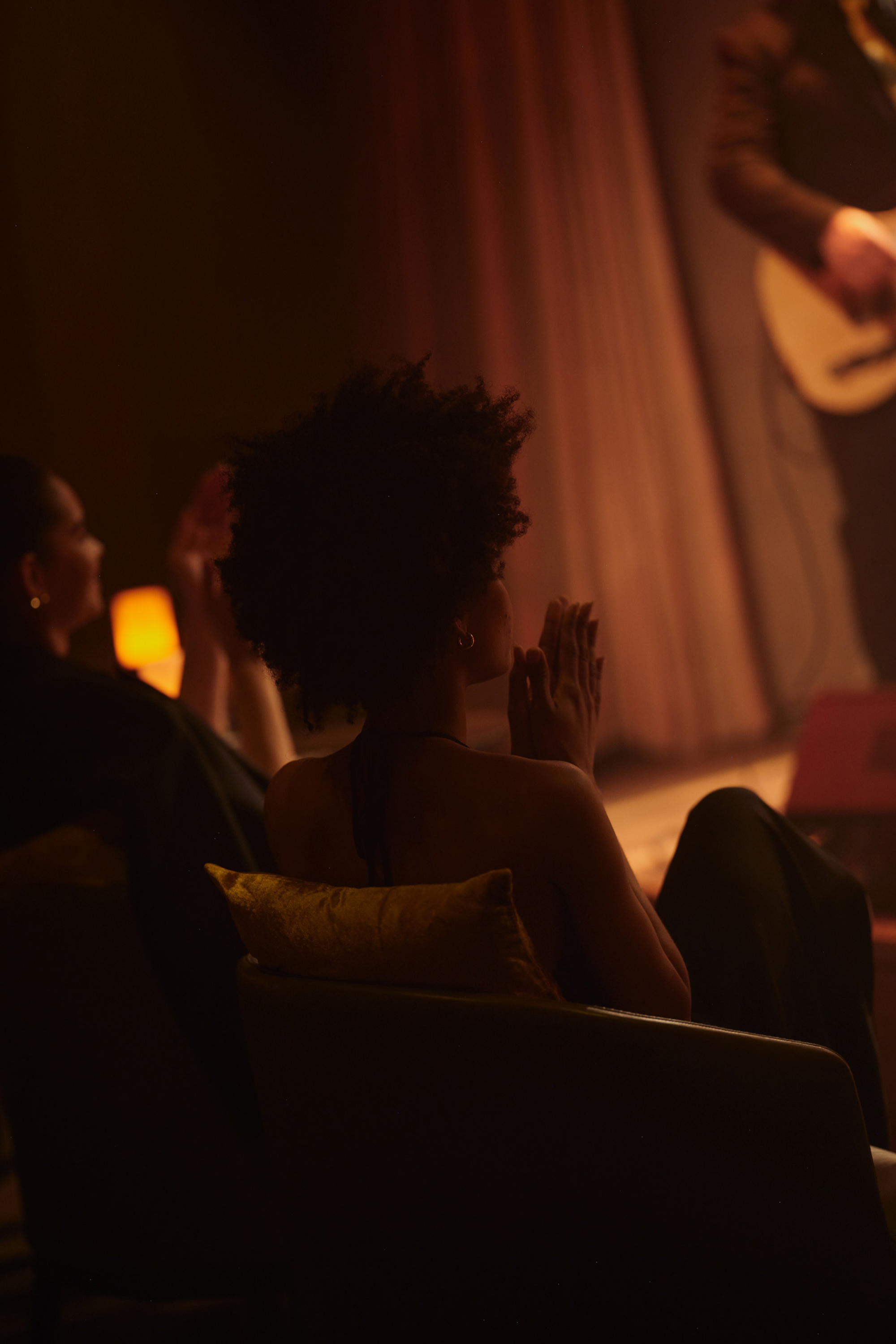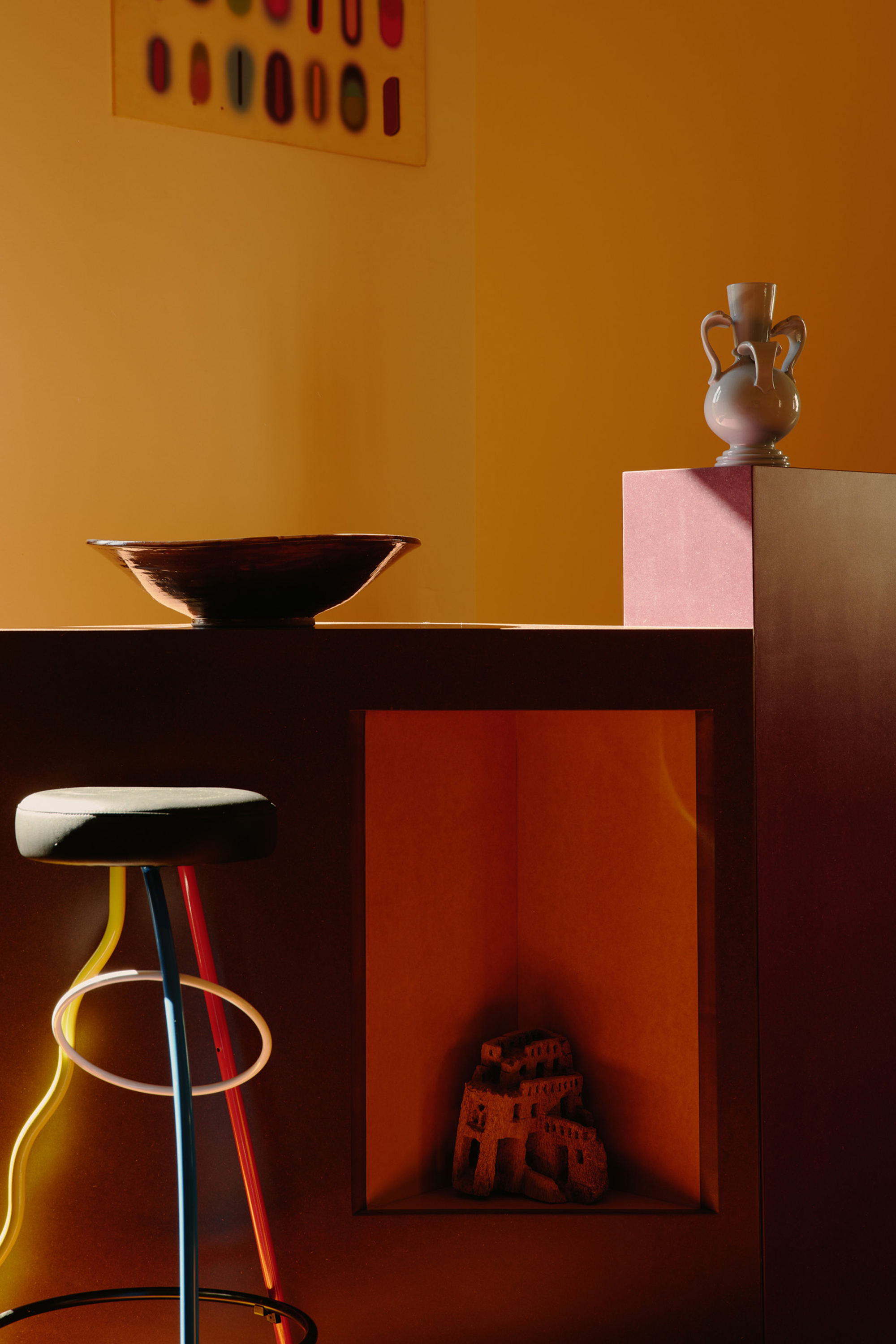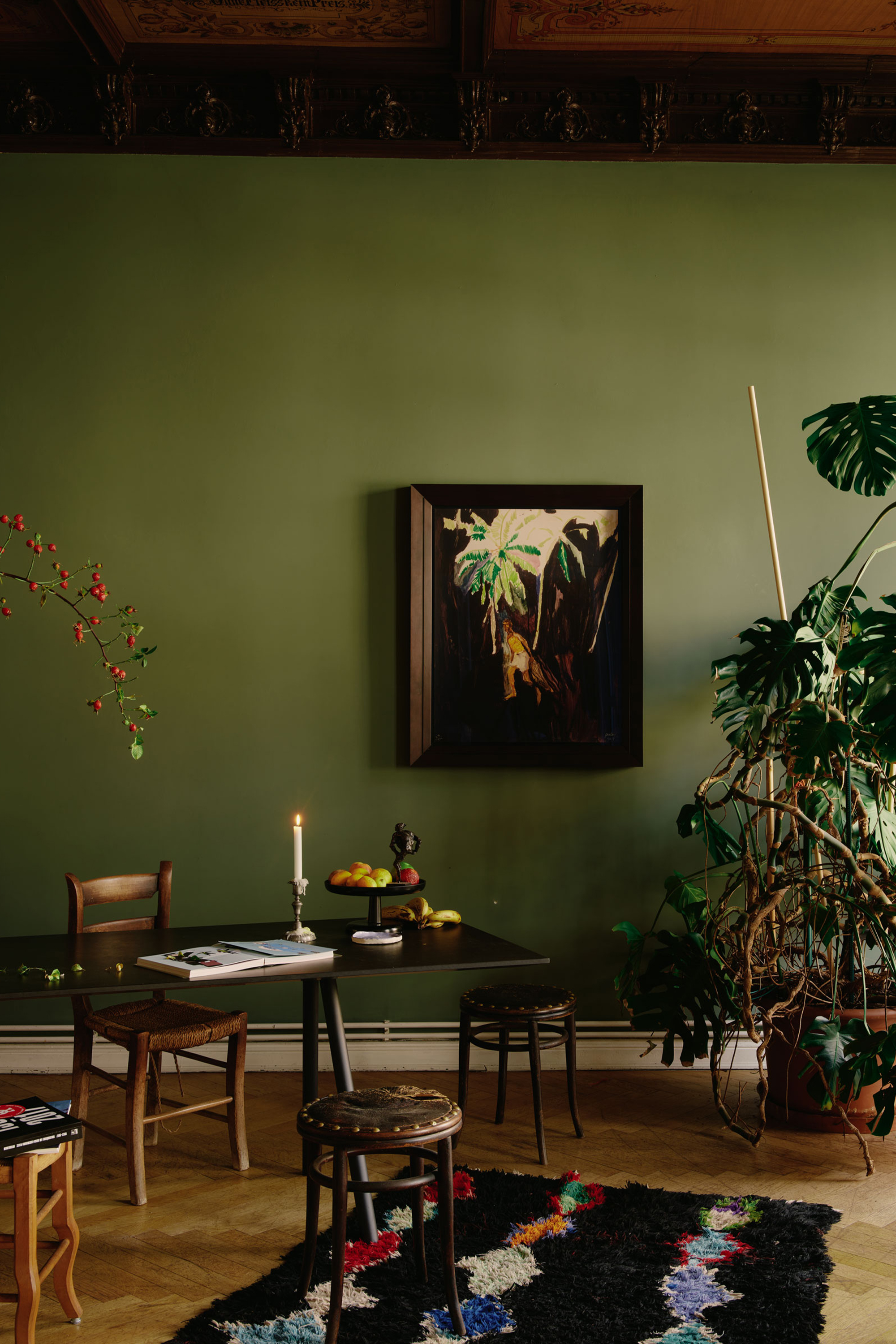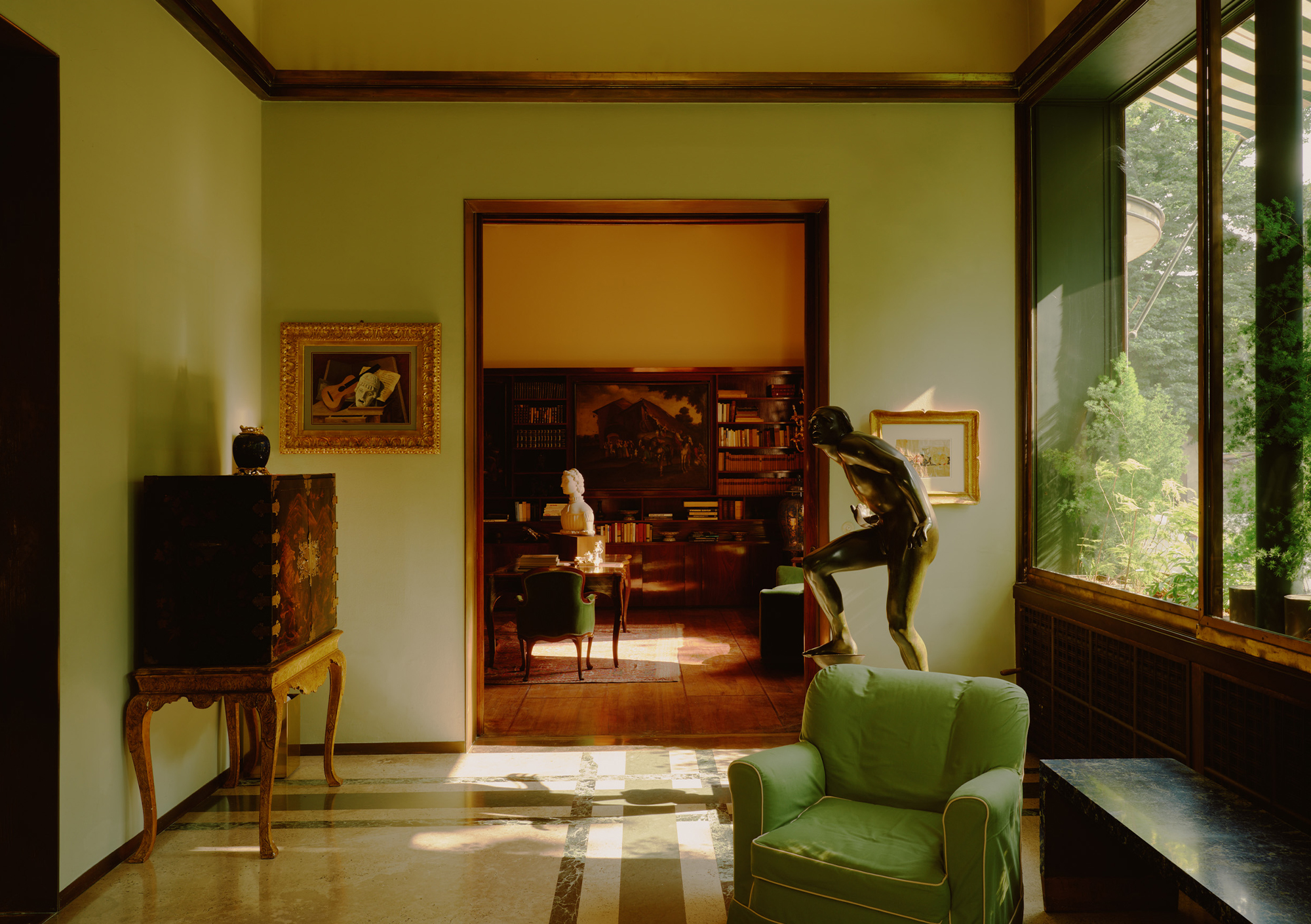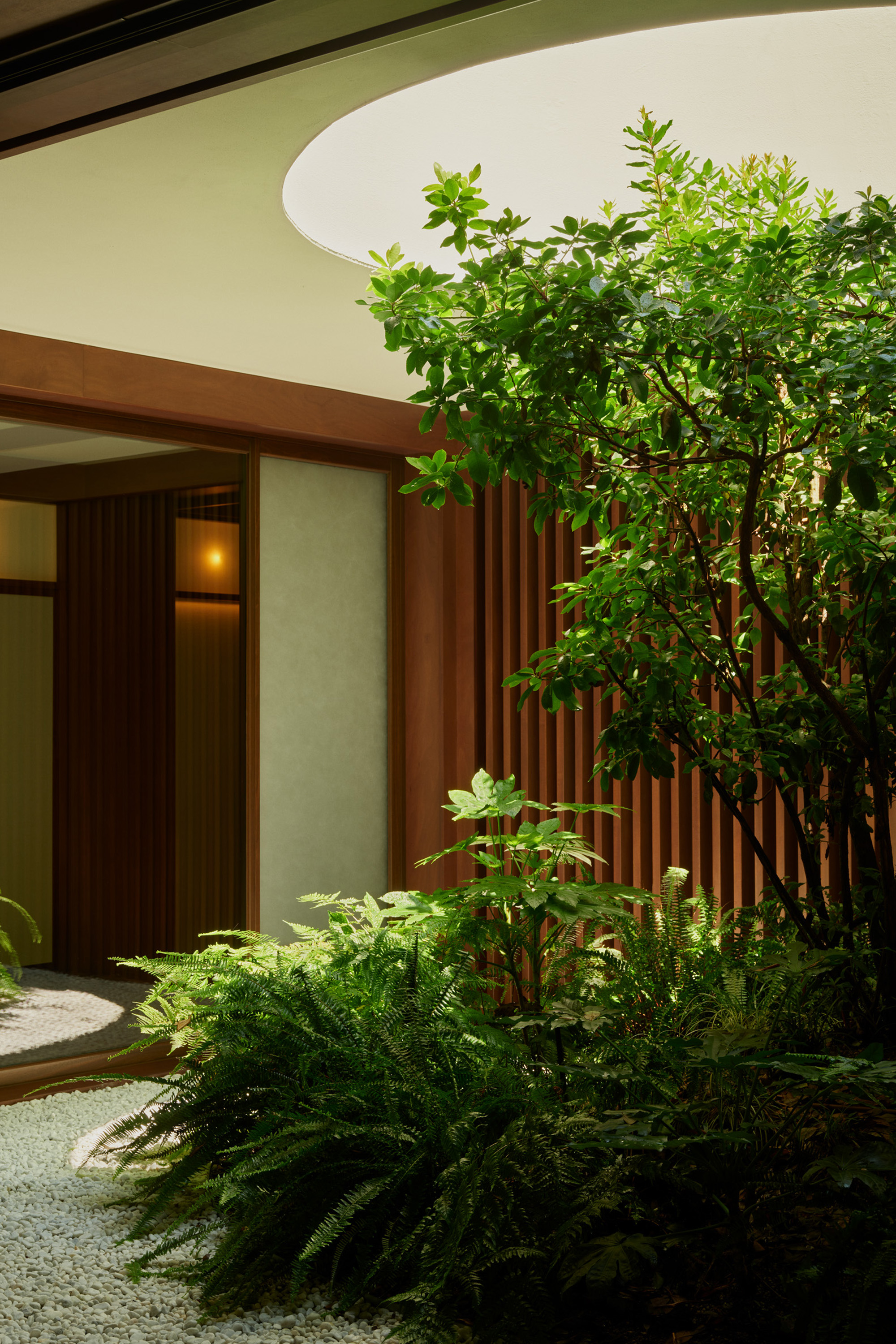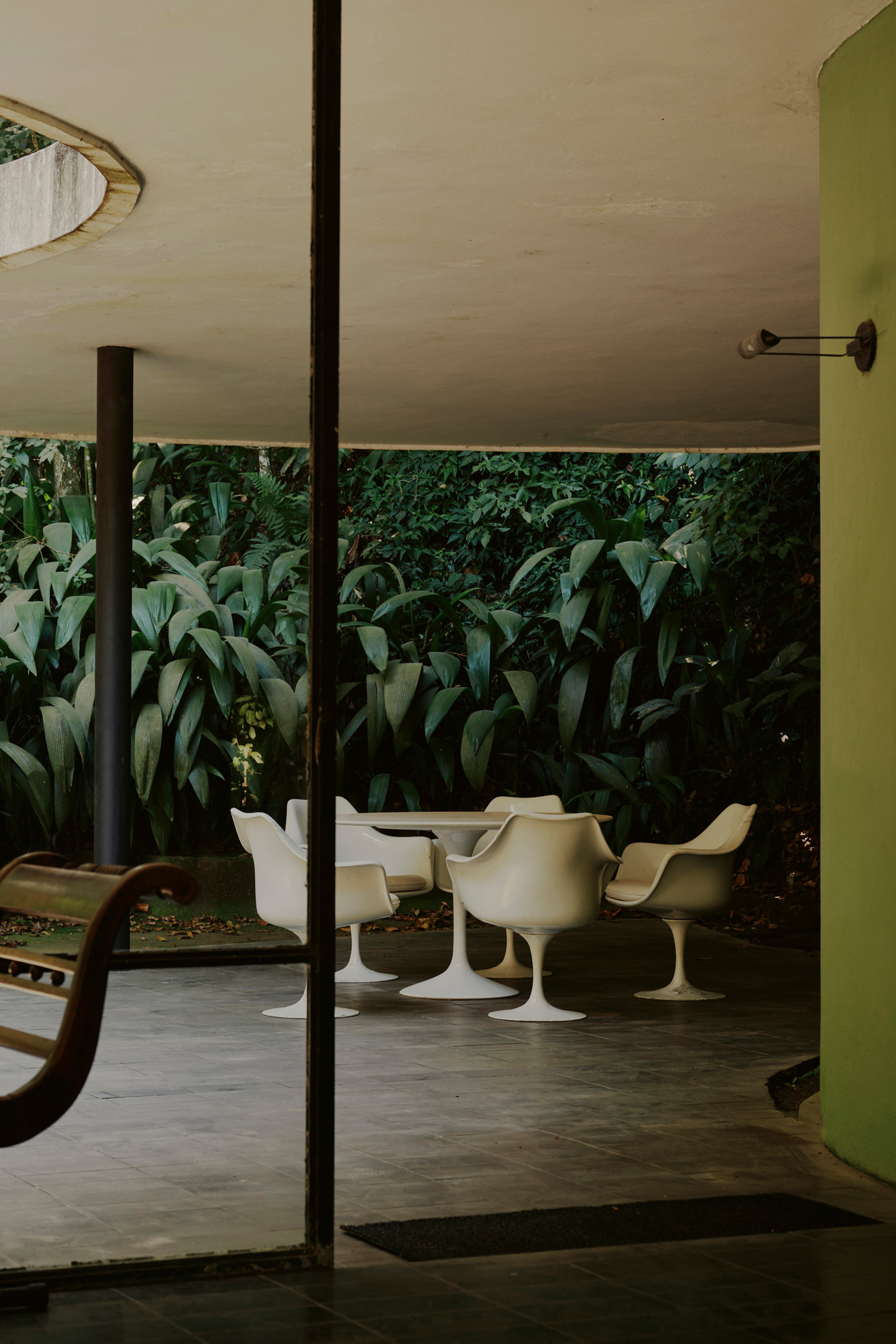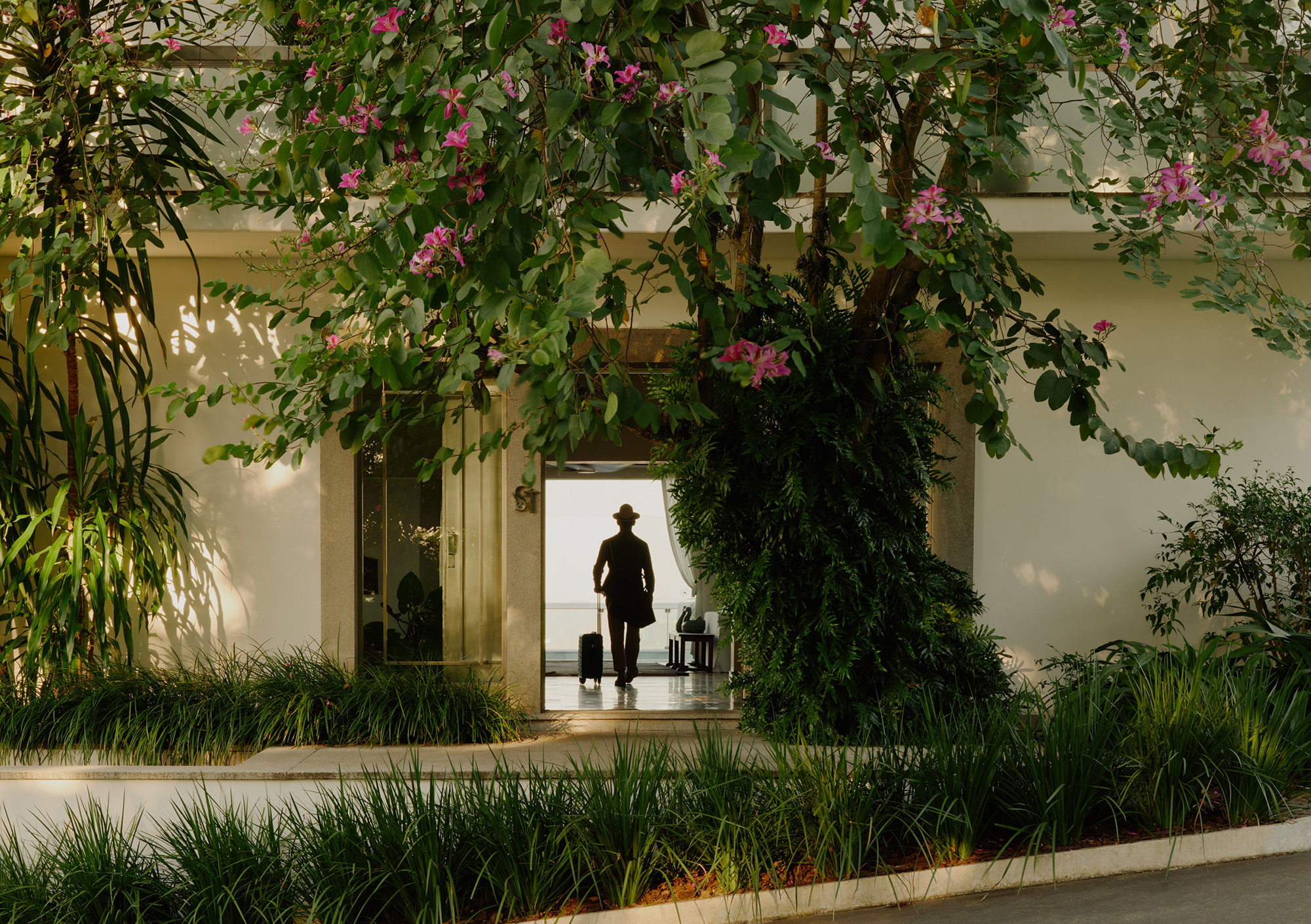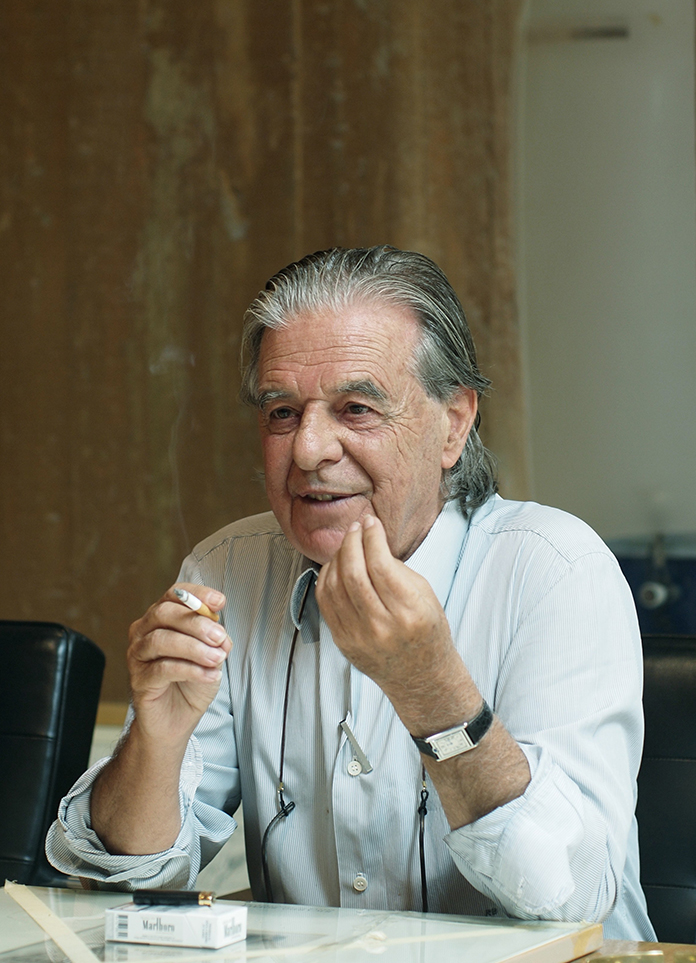There is a distinct charm in Robert Rieger’s photography — a warm, mellow palette that effortlessly transports the viewer to a languid Sunday bathed in sunlight.But this seemingly effortless expression is anything but accidental. Behind each classic composition lies a holistic and highly structured approach: from the direction of light to the placement of objects, every detail is meticulously considered and refined.This reflects Robert’s deep understanding of photography and his signature creative ethos—sharp-eyed, precise, and composed. His images carry a quiet inner order, revealing that even the most natural-looking moment is often the result of thoughtful planning and swift execution. He allows time to stretch for moments that truly matter—no matter how long they take to capture.
Robert Rieger’s creative path took root in the culturally rich soil of Germany—a country deeply steeped in artistic exploration.“I pretty much knew from a young age that I wanted to become a professional photographer—during my teenage years, I would often fantasize about flying around the world to shoot portraits of famous people,” Robert recalls.Born in a small town in Germany, his earliest encounter with photography came through his uncle—a professional skateboarder and a photographer for magazines like Thrasher—a figure Robert had long admired. It was in his uncle’s studio that Robert first picked up a camera, experimenting with Photoshop alongside his sister and taking his first steps into the visual world that would later define his career.
Robert is currently based in Berlin, though he frequently works across Europe and around the world.“Berlin is quite different from other German cities—it has its own rhythm,” he emphasizes. “It’s a fantastic place to meet creatives from all over the globe, and I love the abundance of cultural events and inspiring spaces here.”From the early mentorship of his uncle to the vibrant artistic atmosphere of his home city, Robert has found in Berlin the ideal environment for creative growth and freedom.
